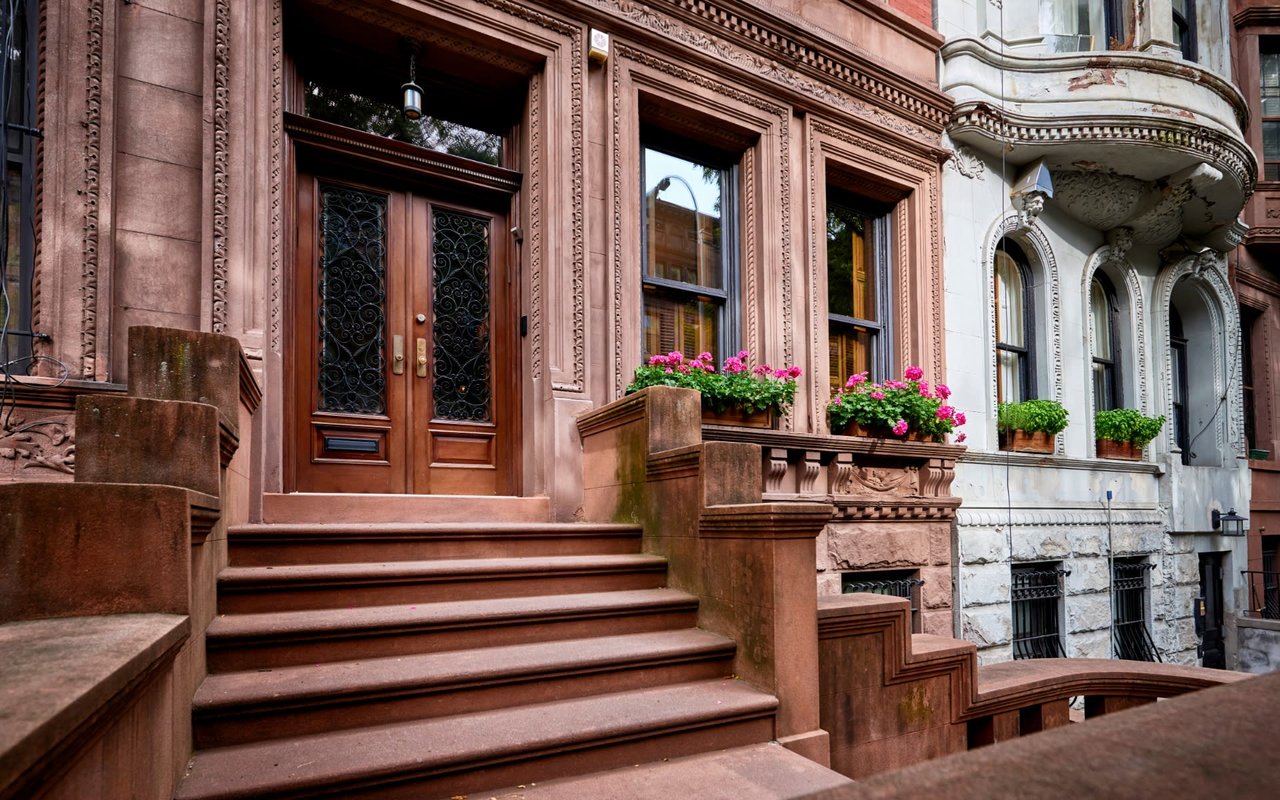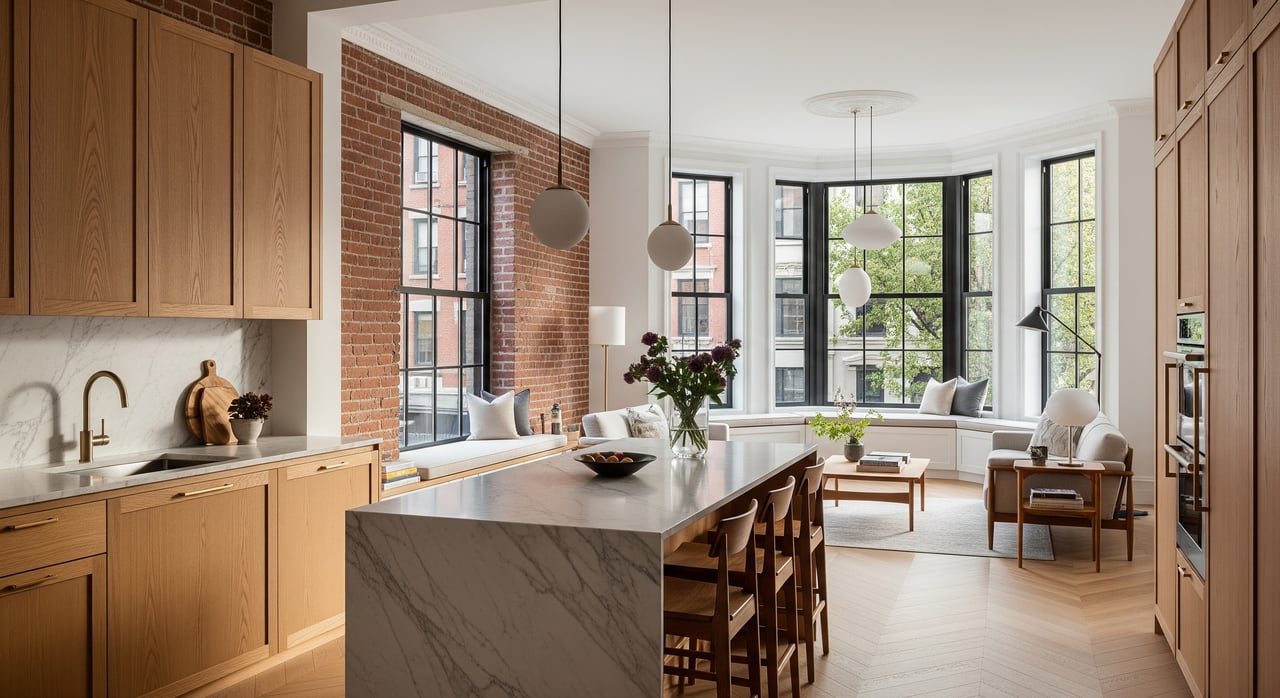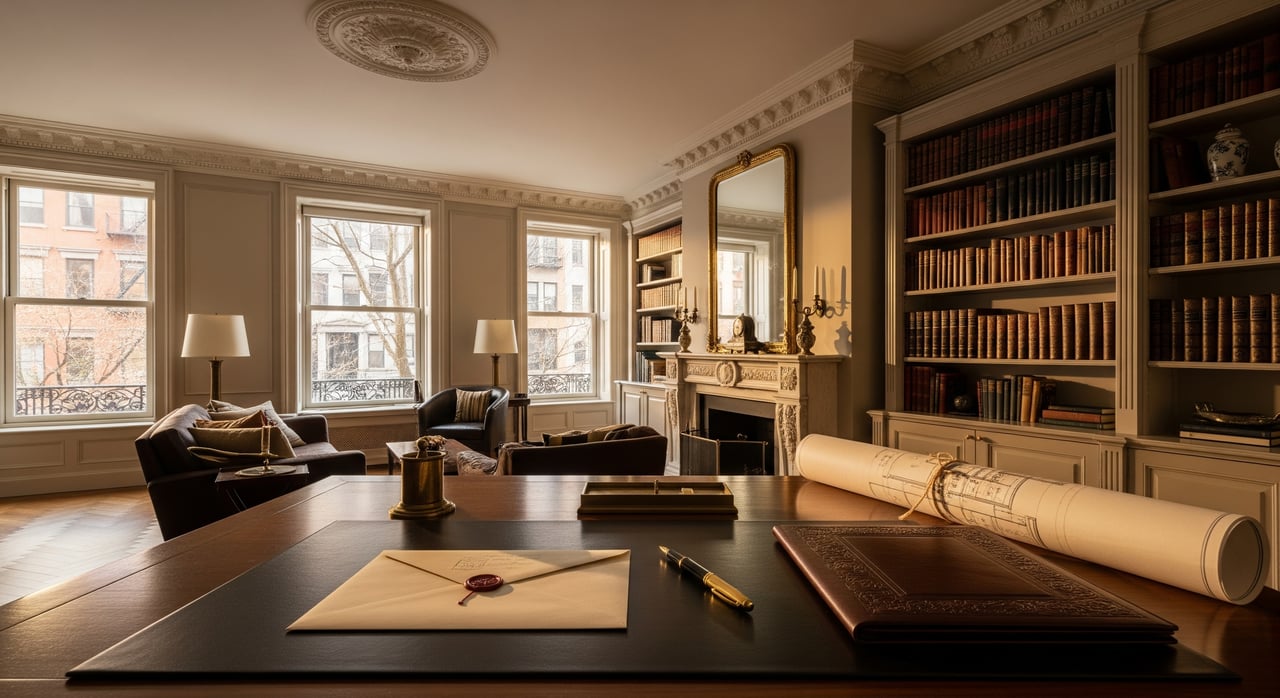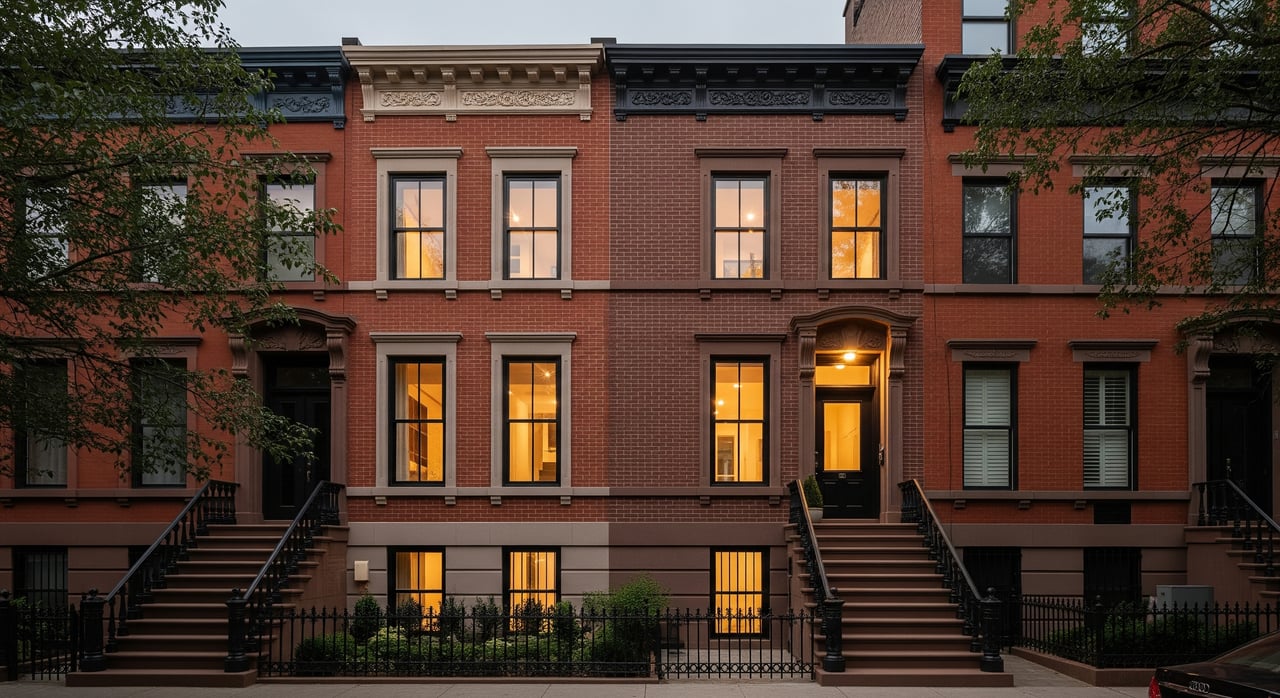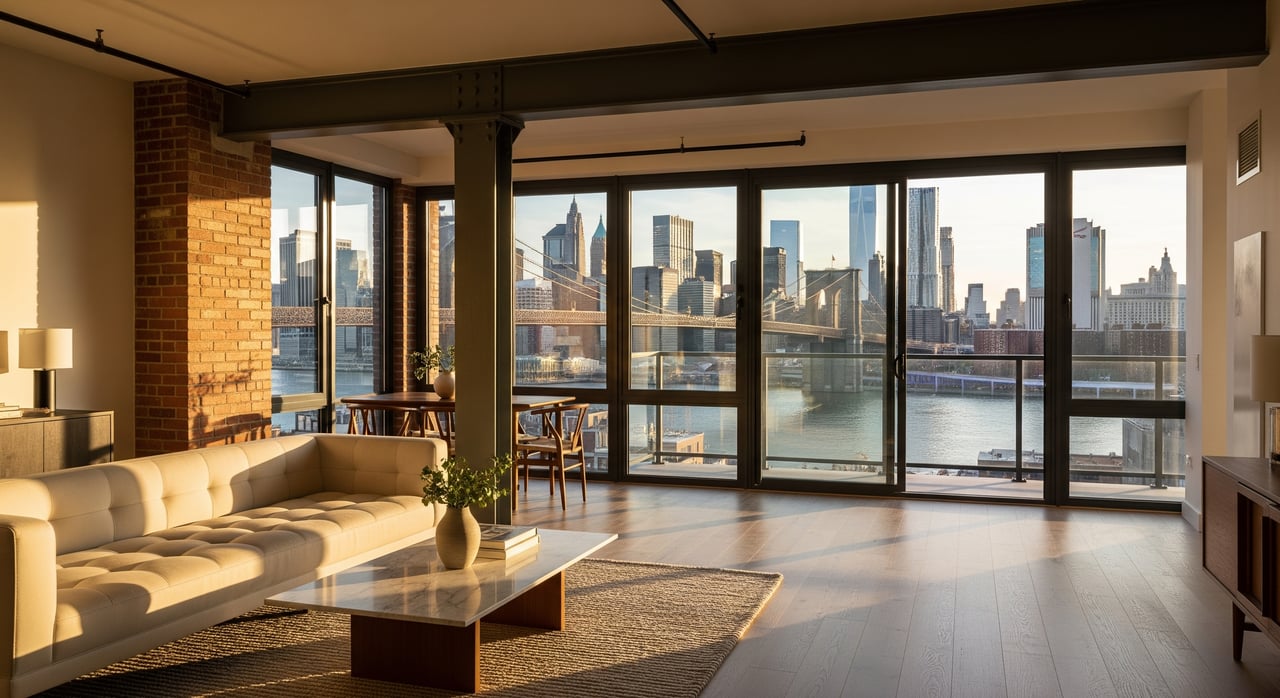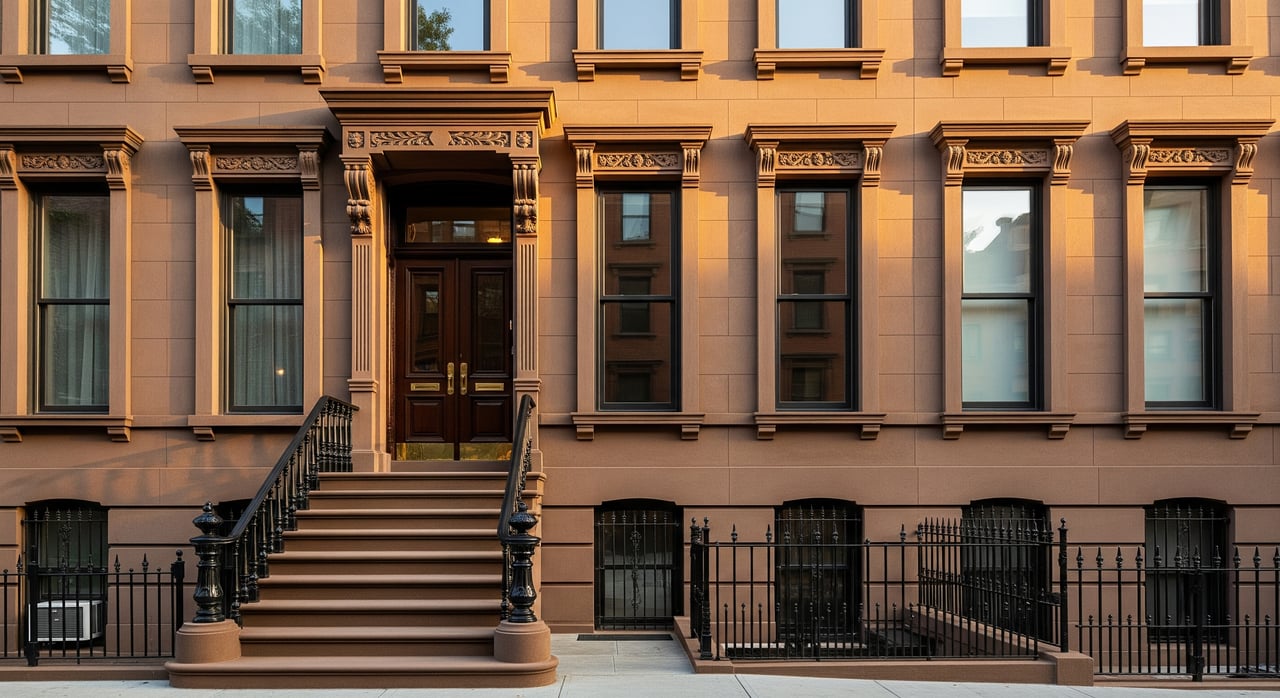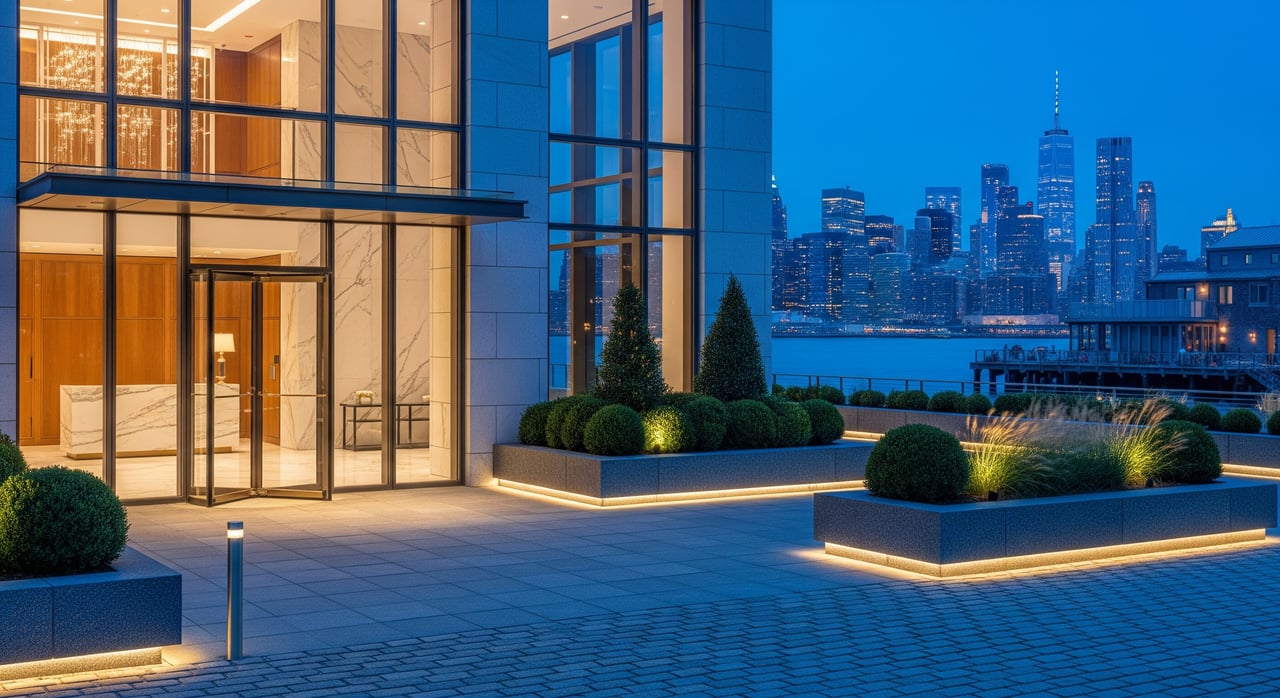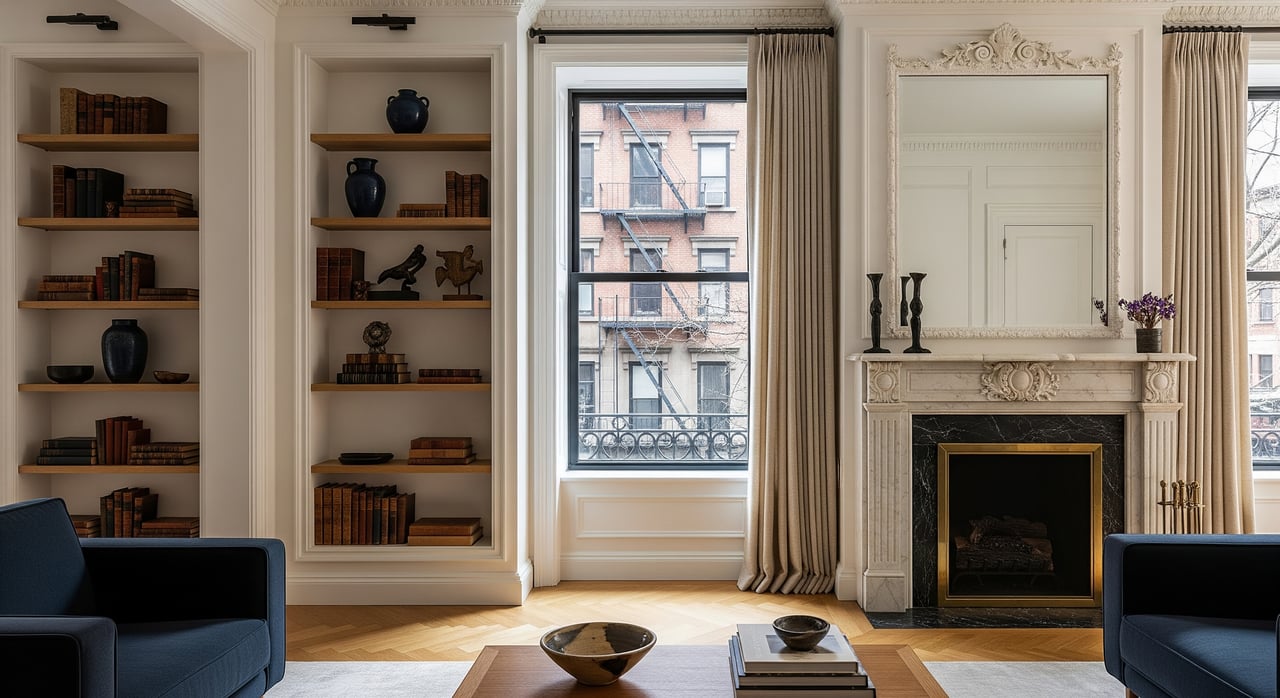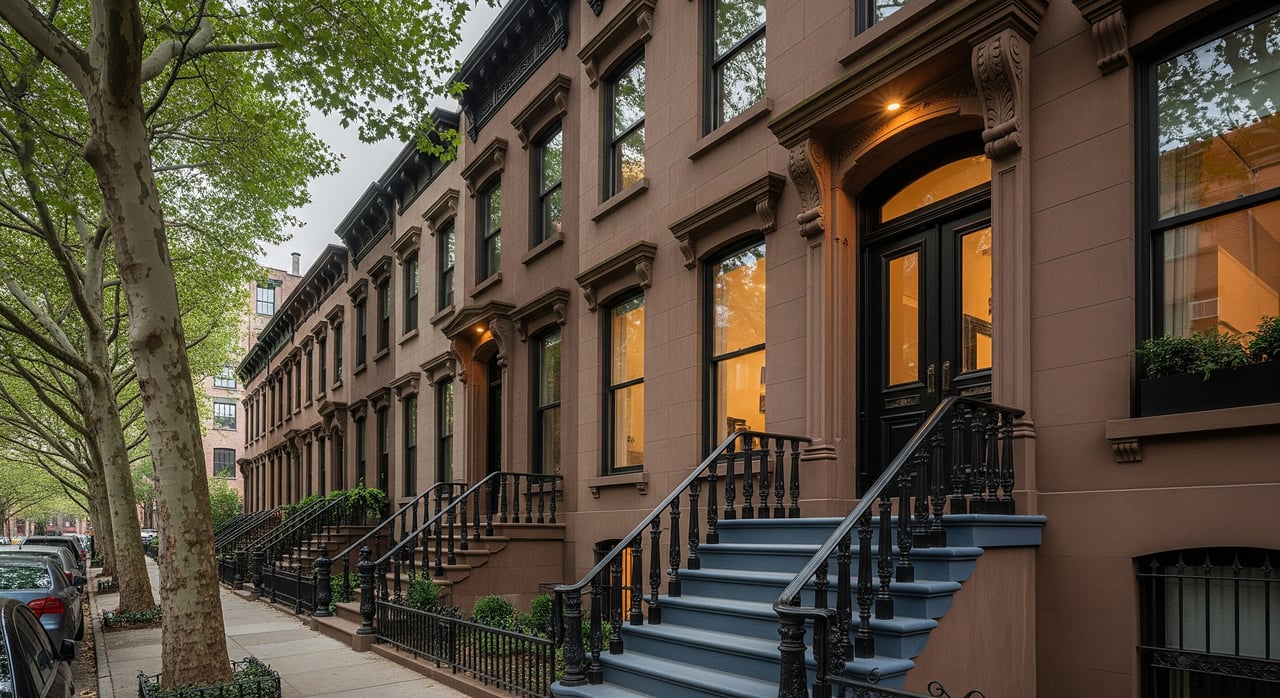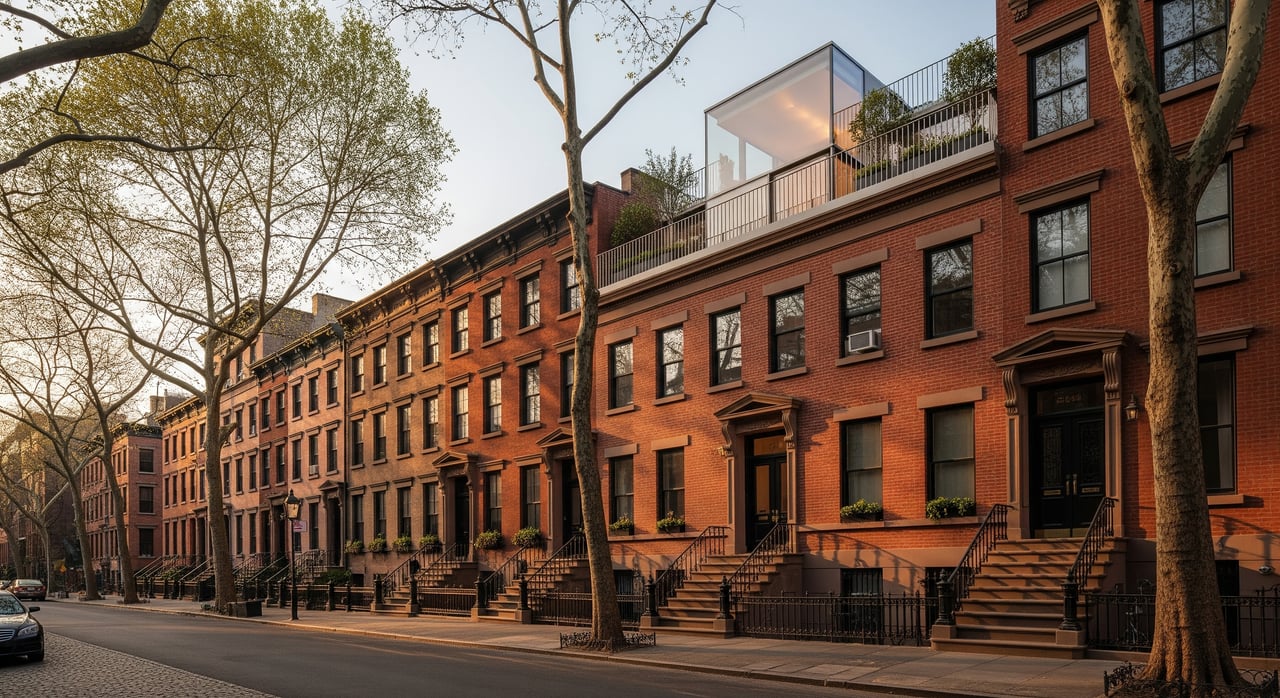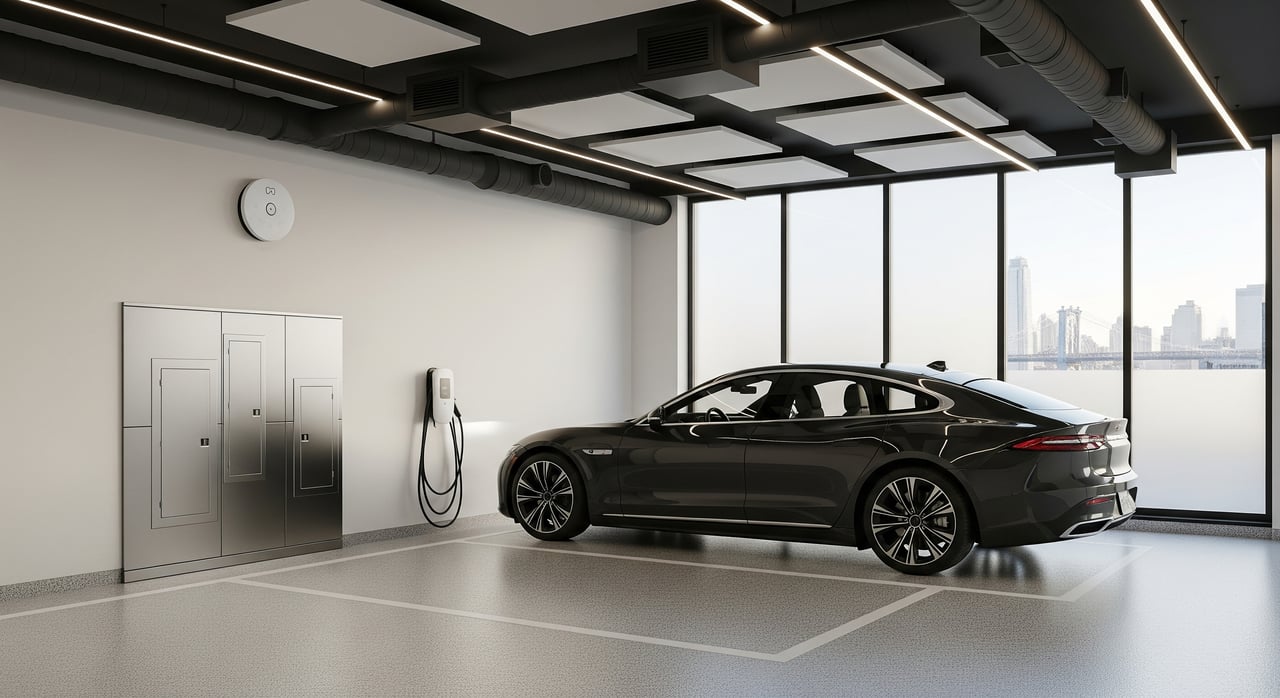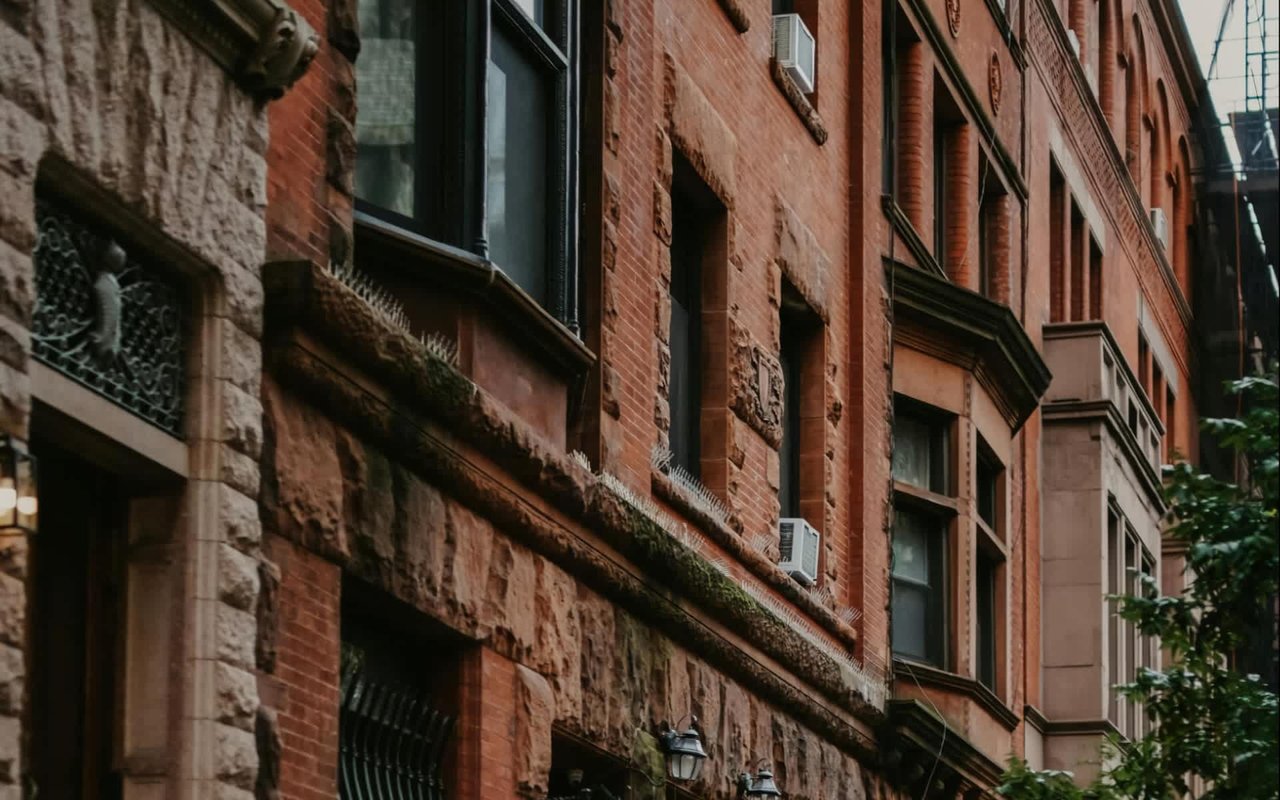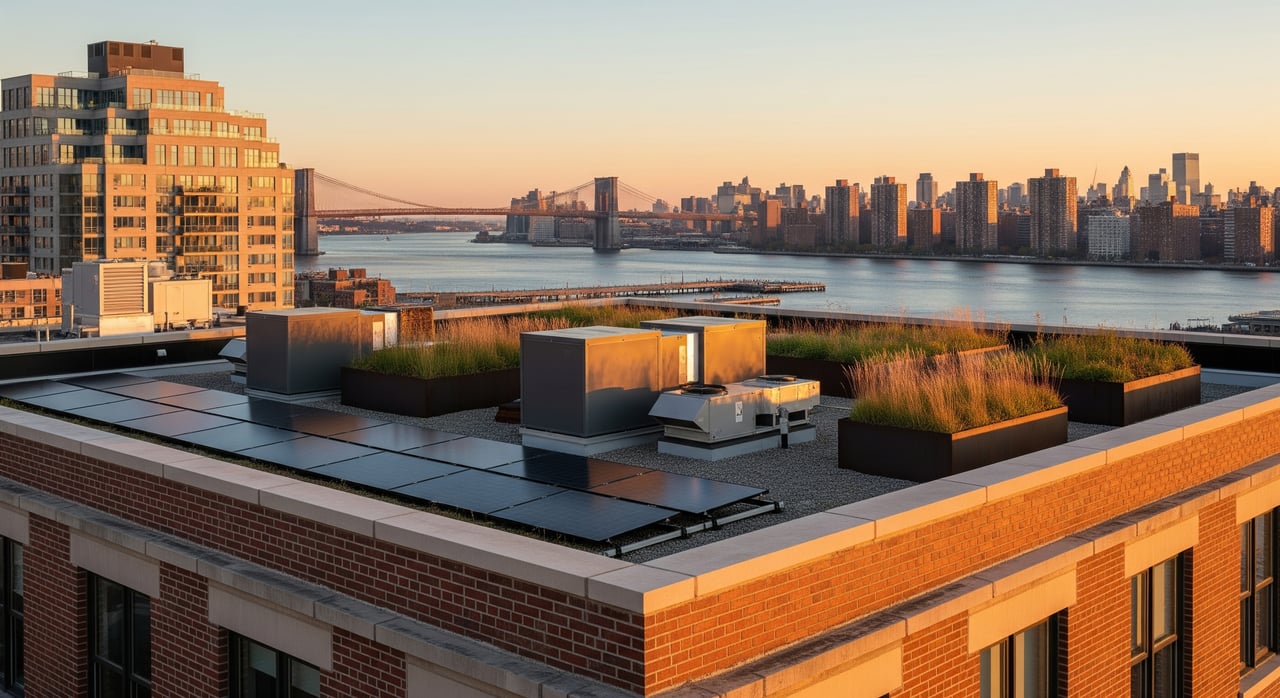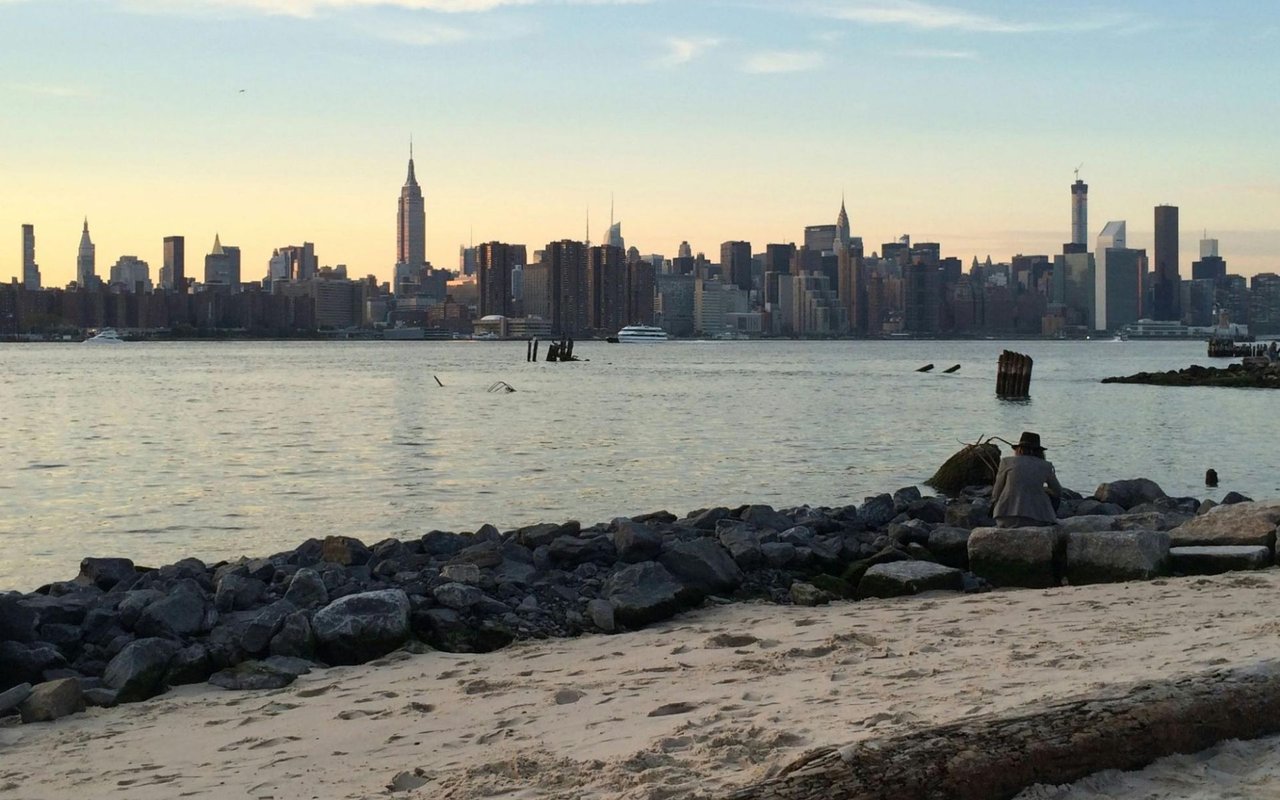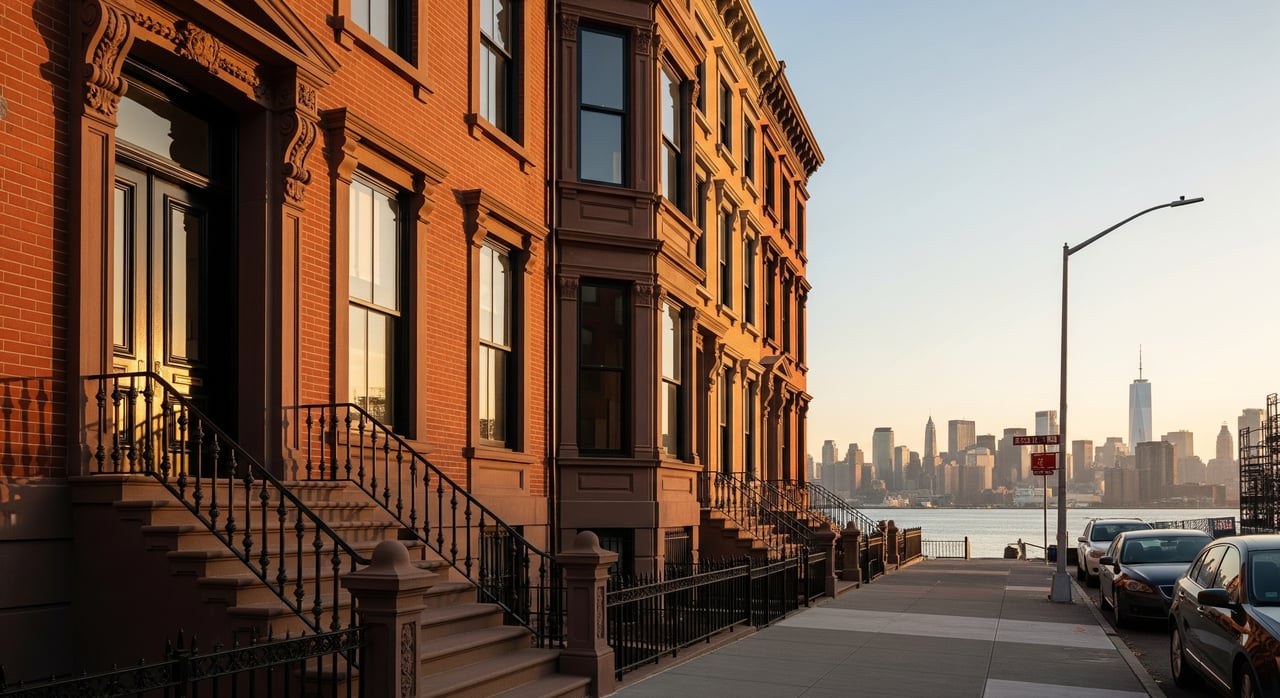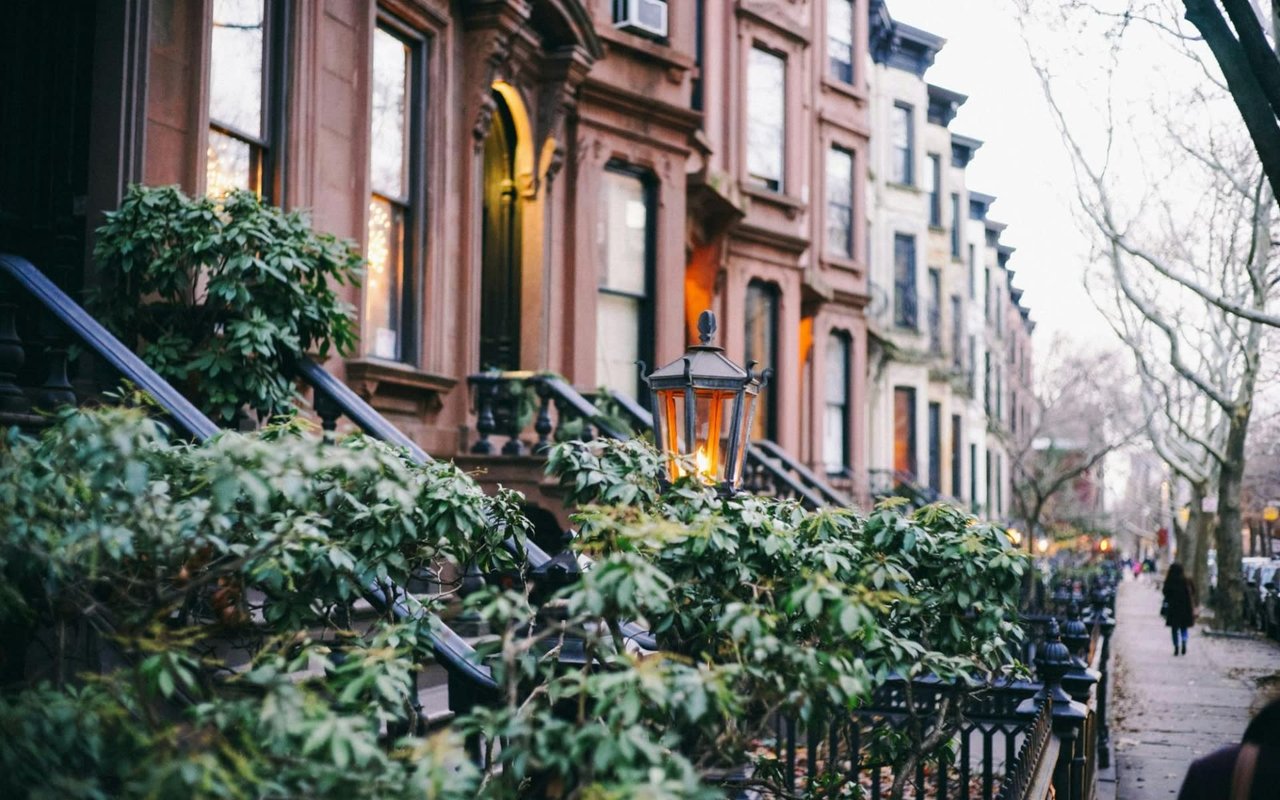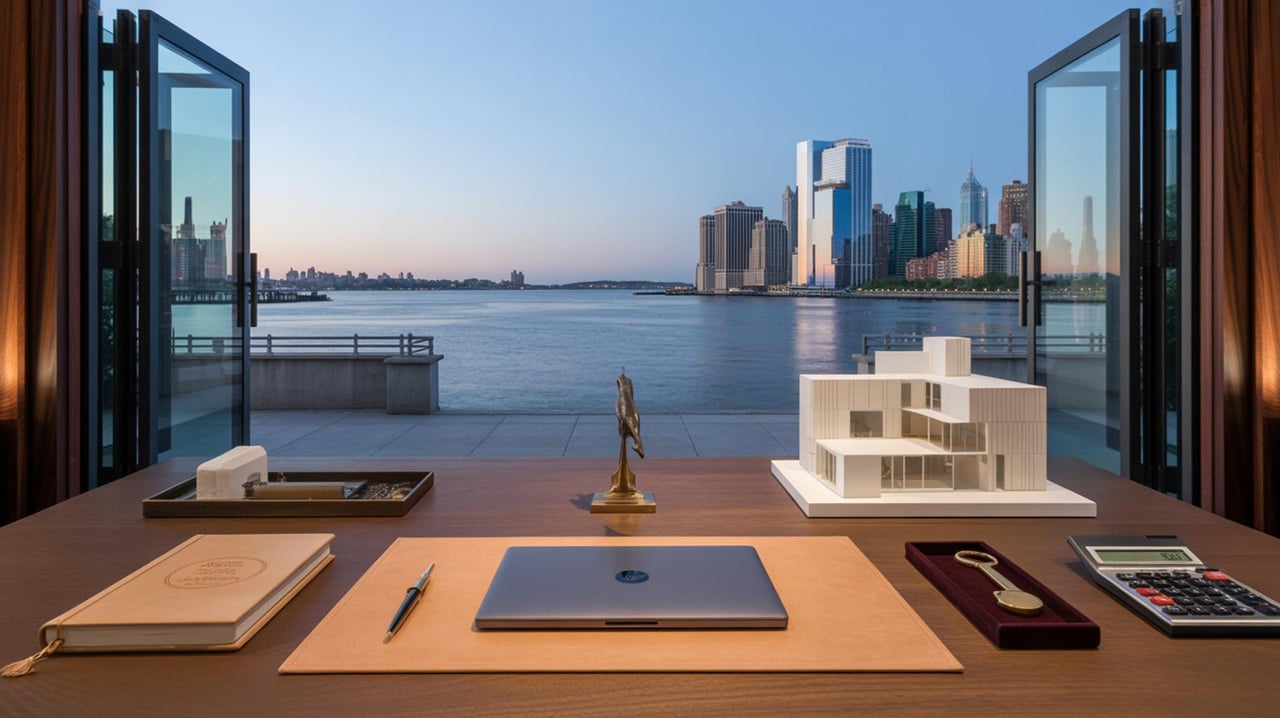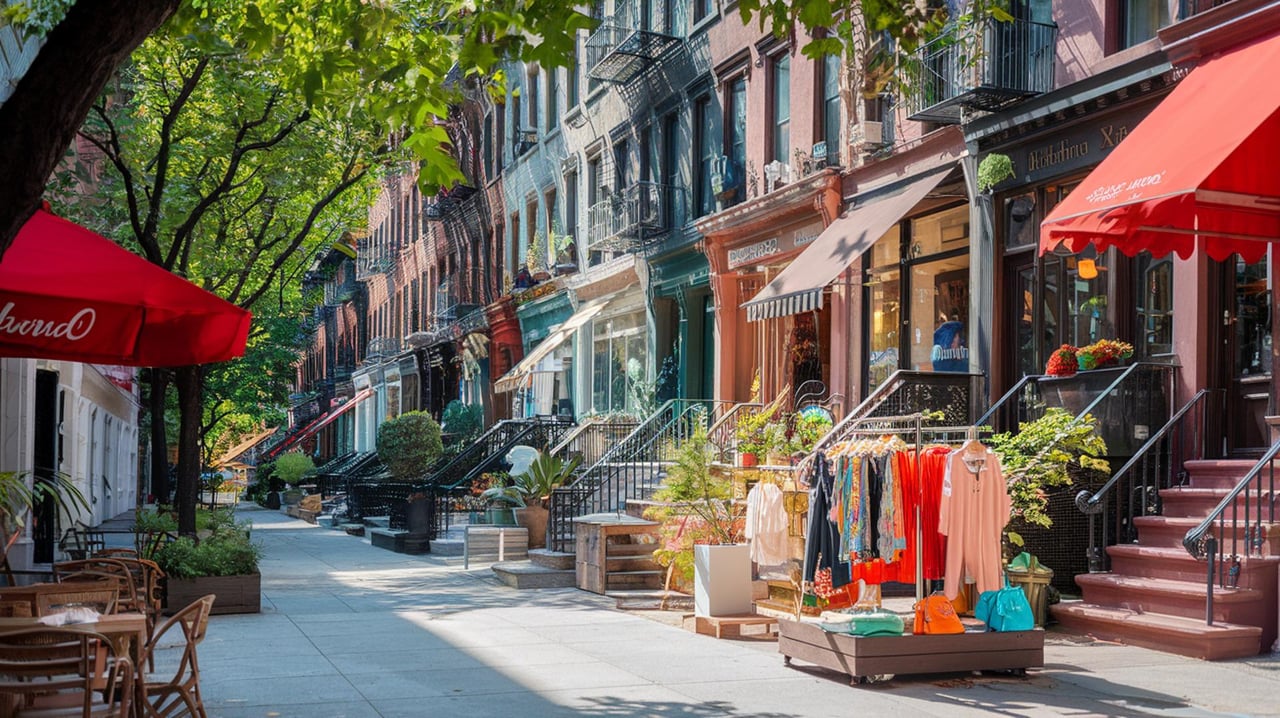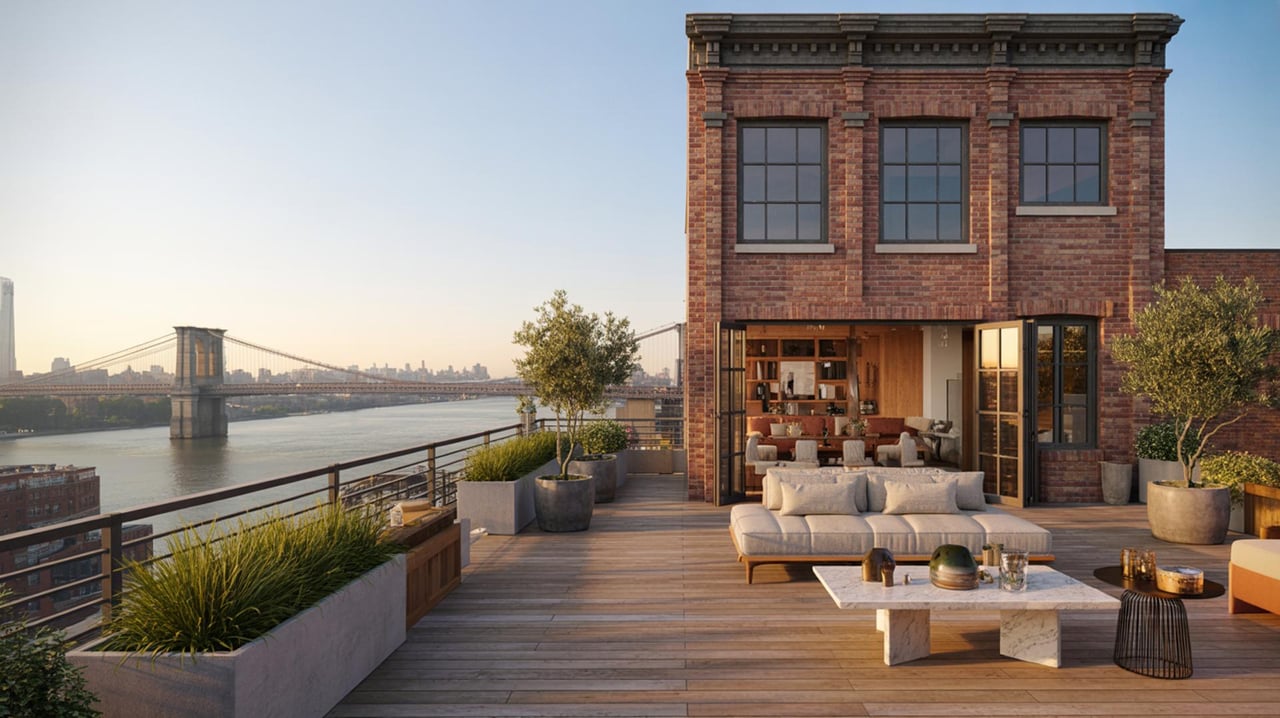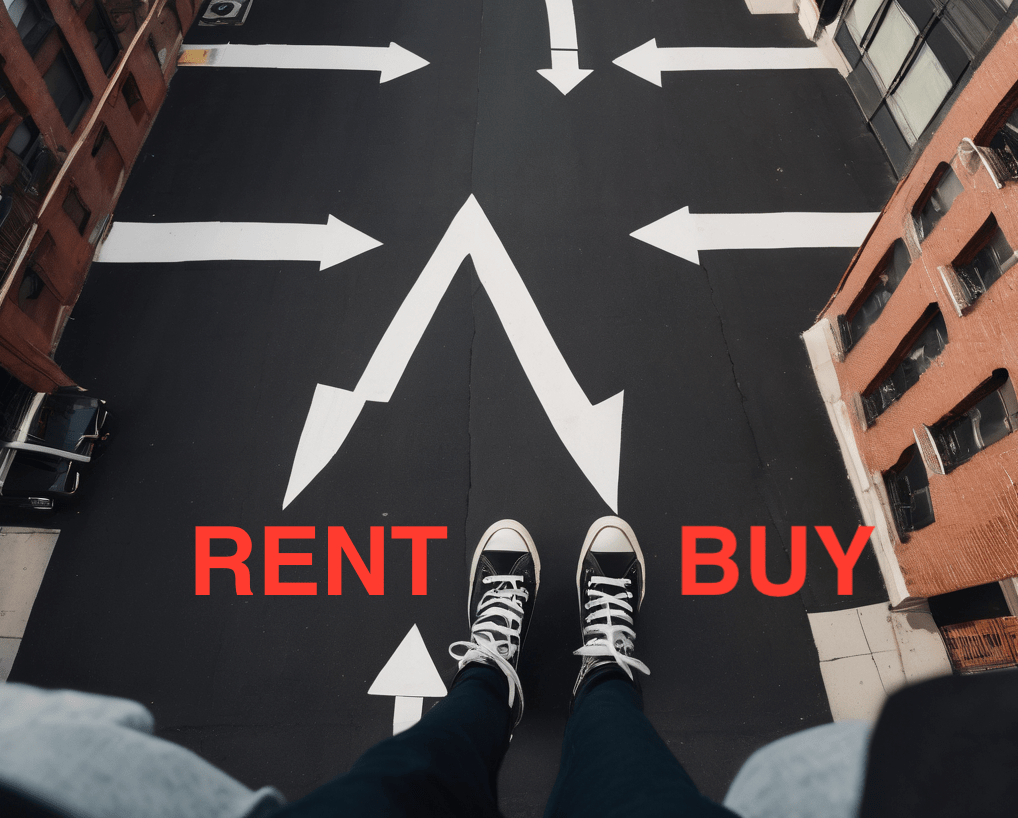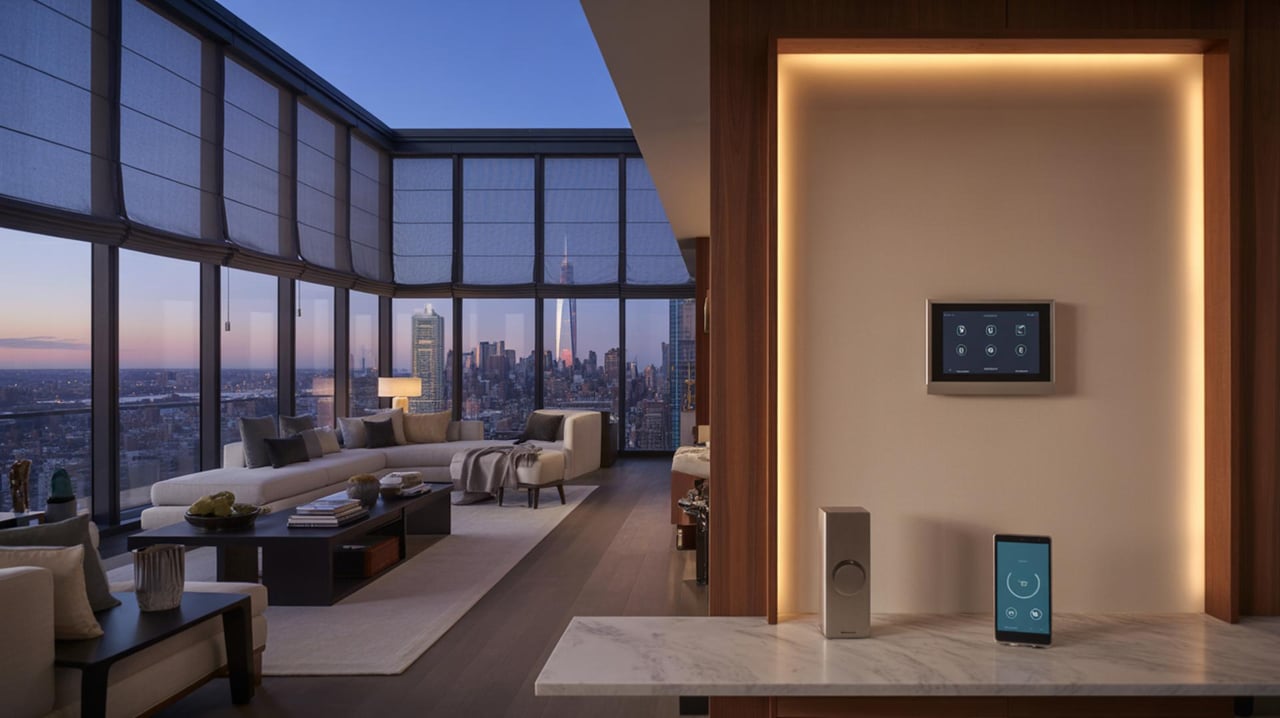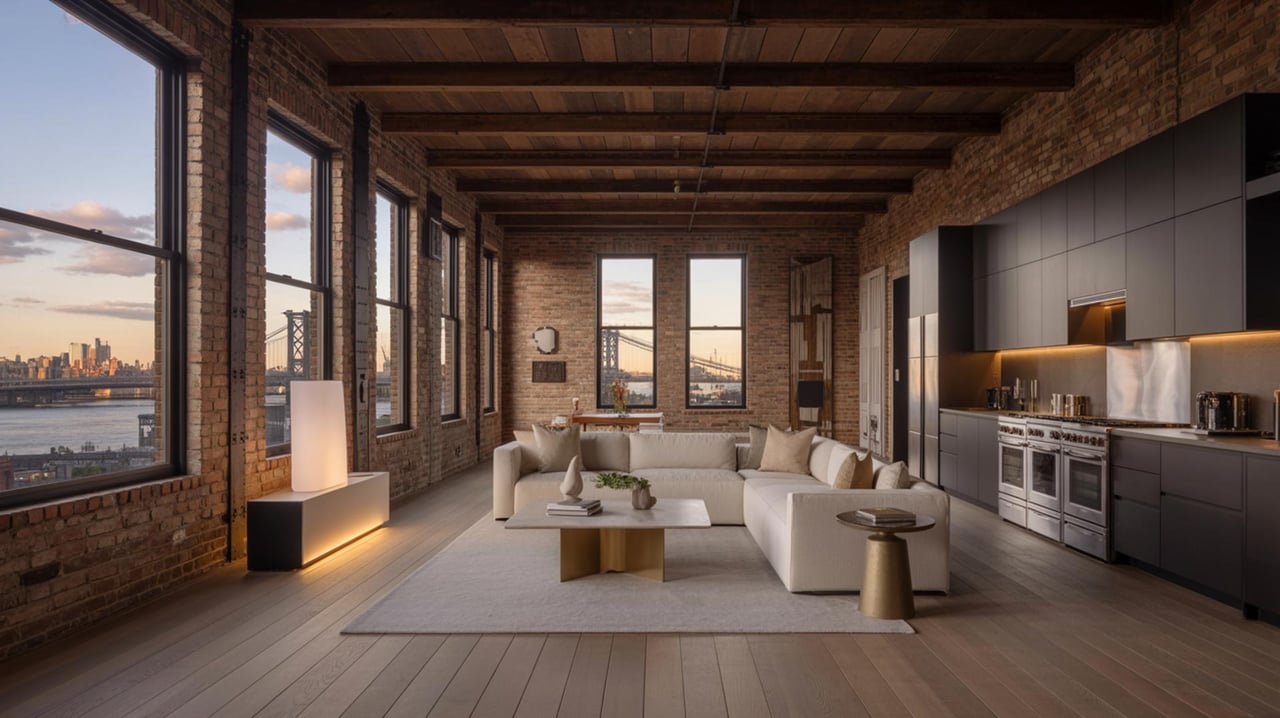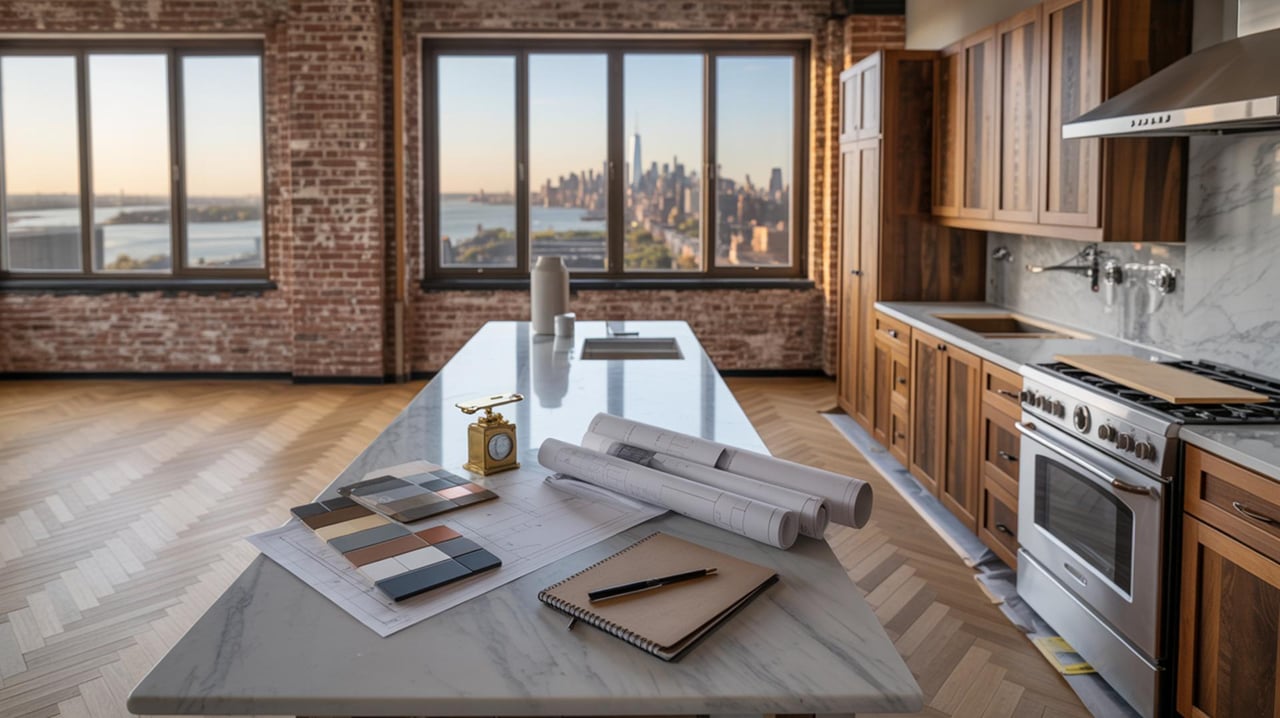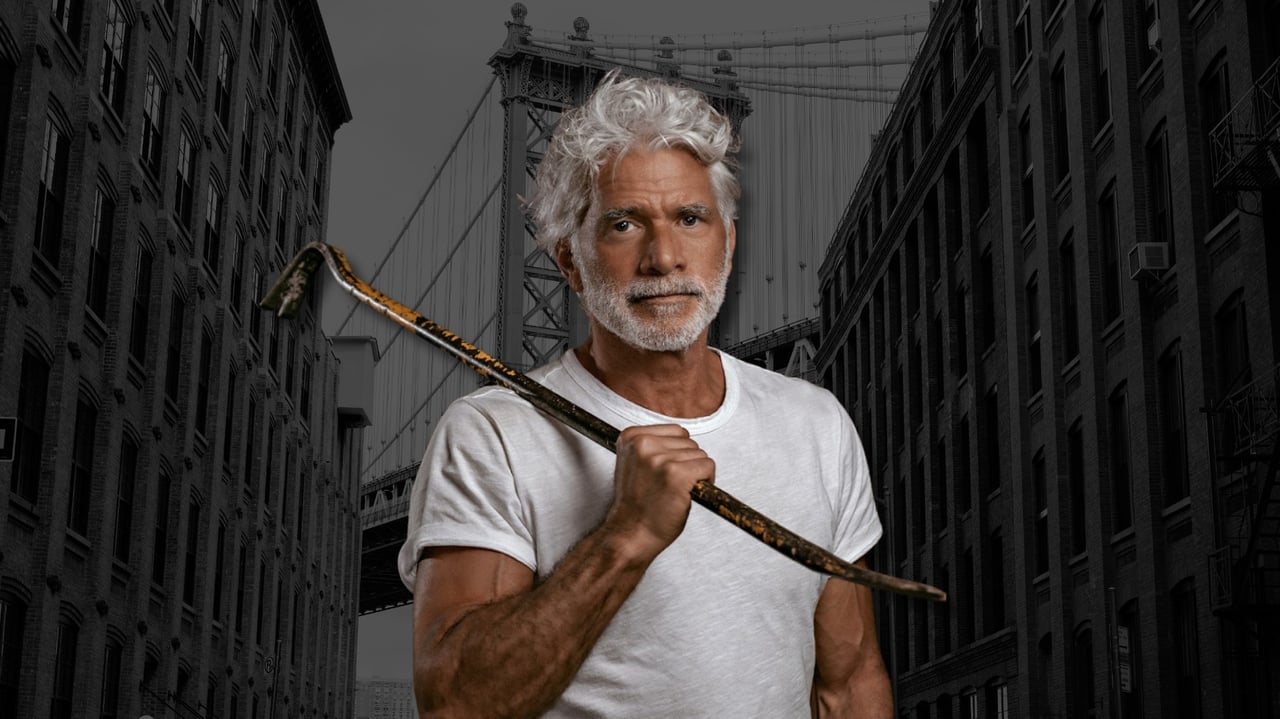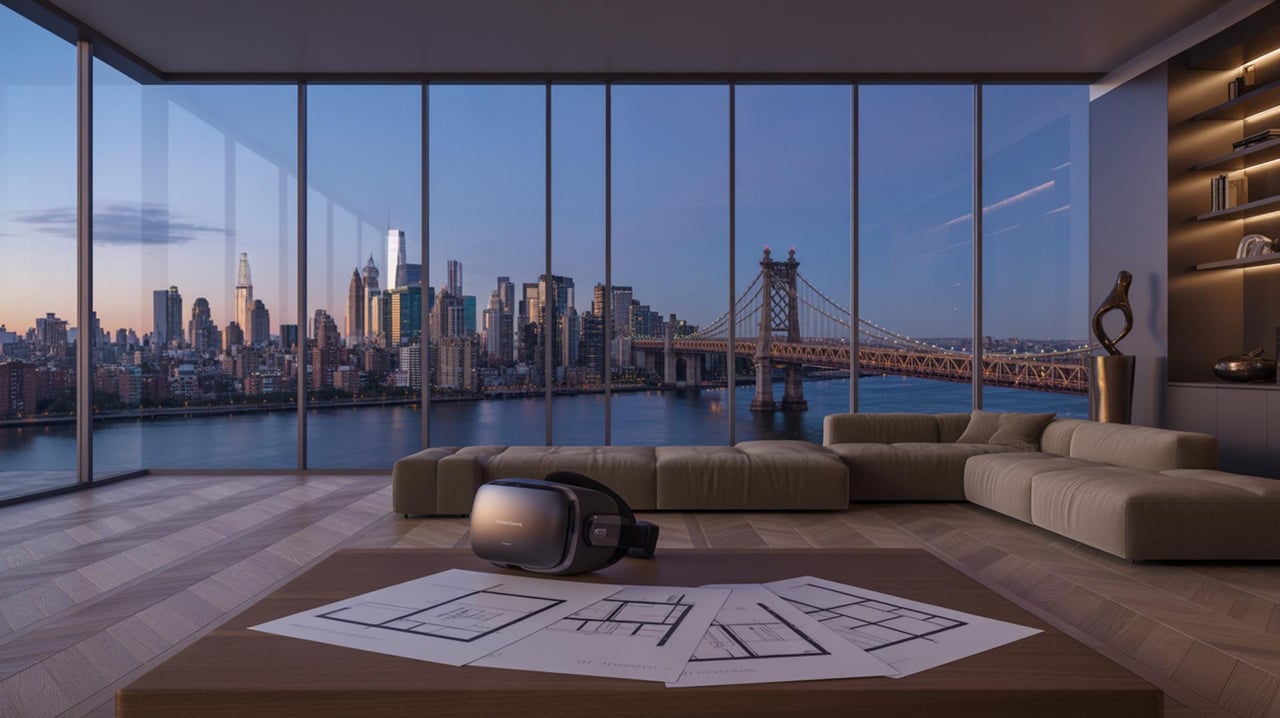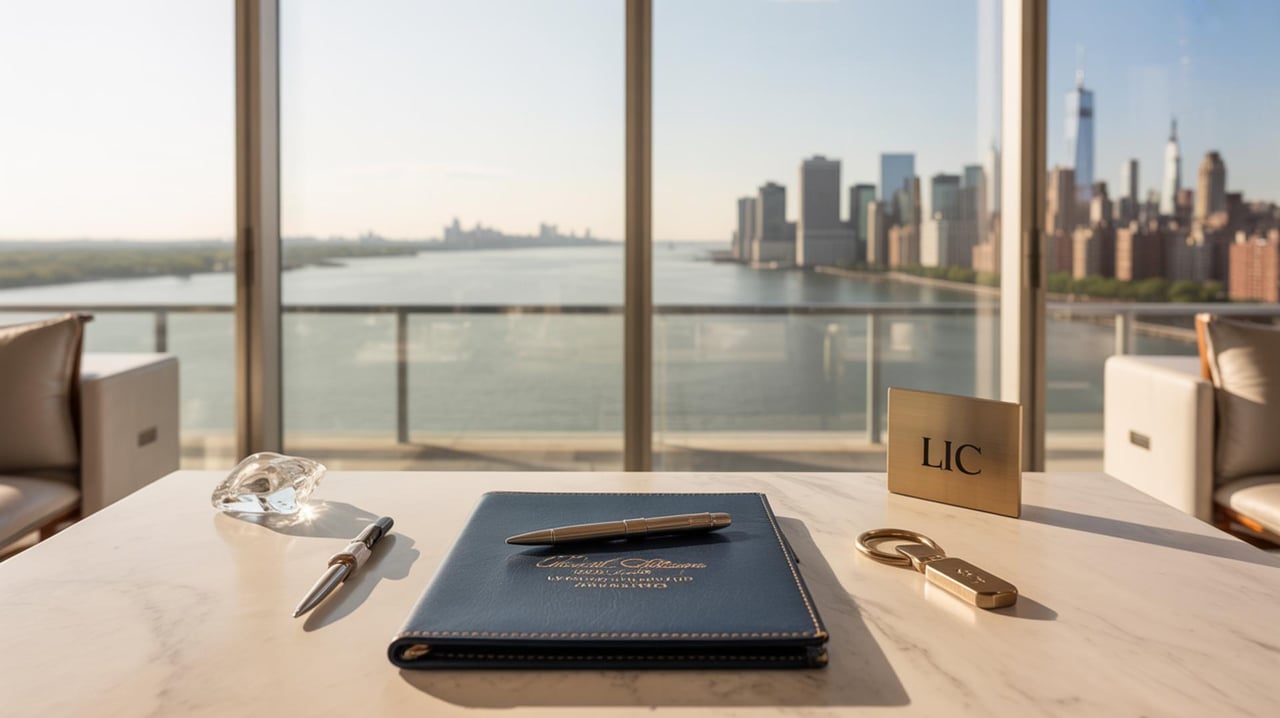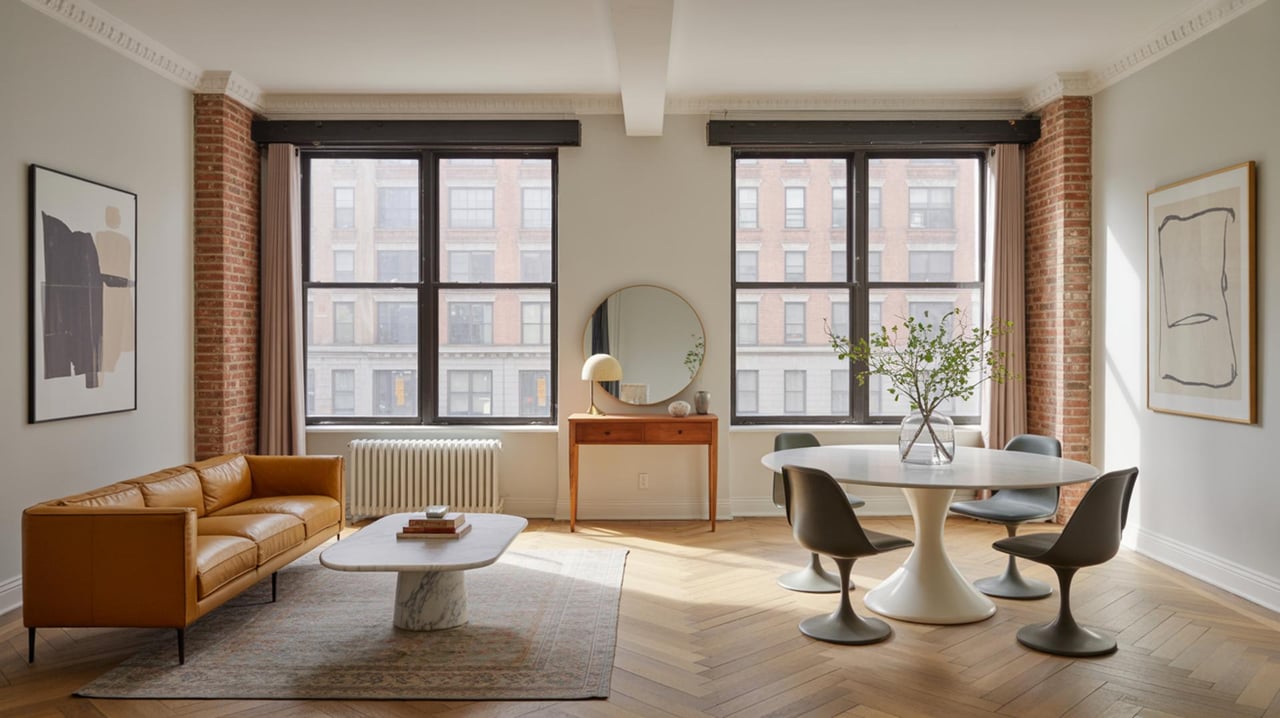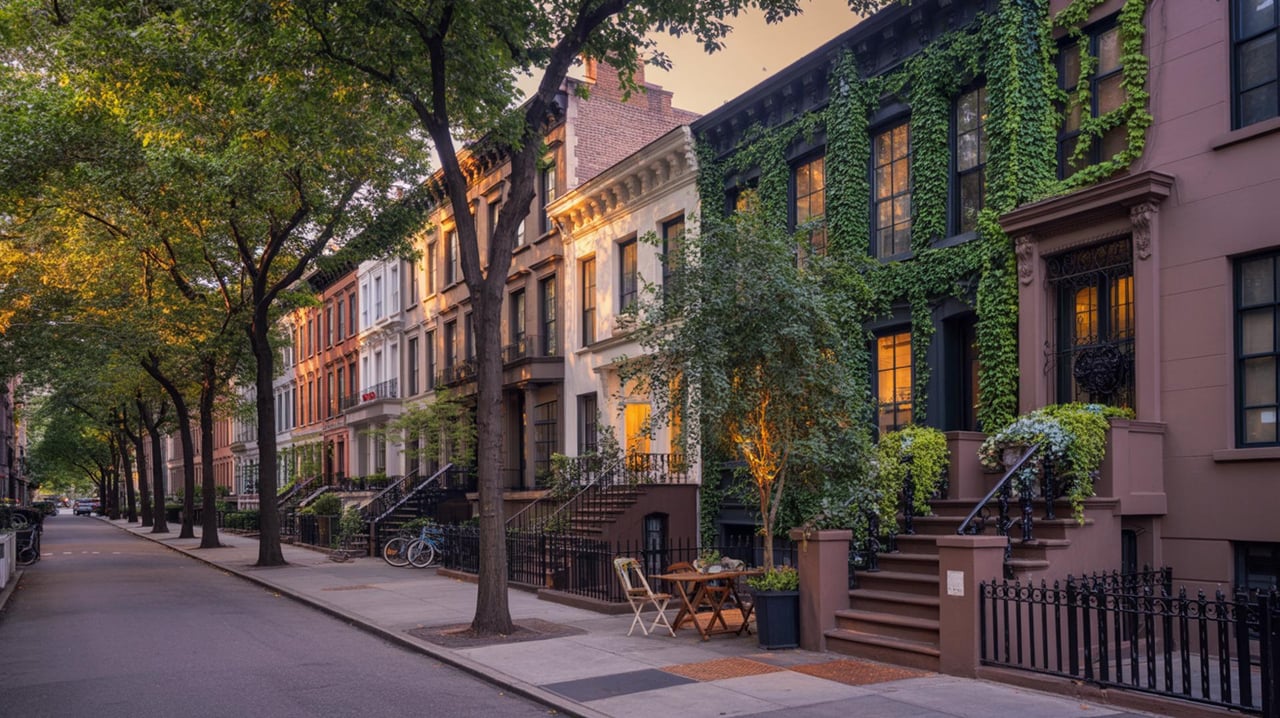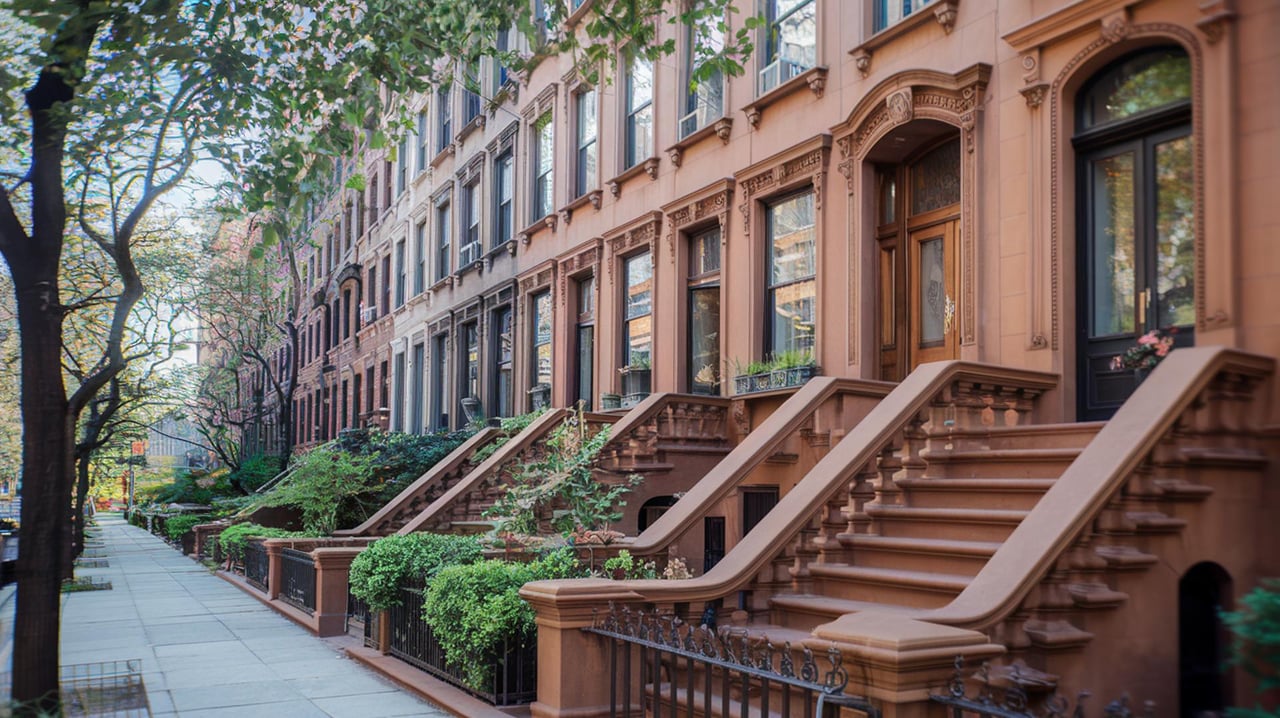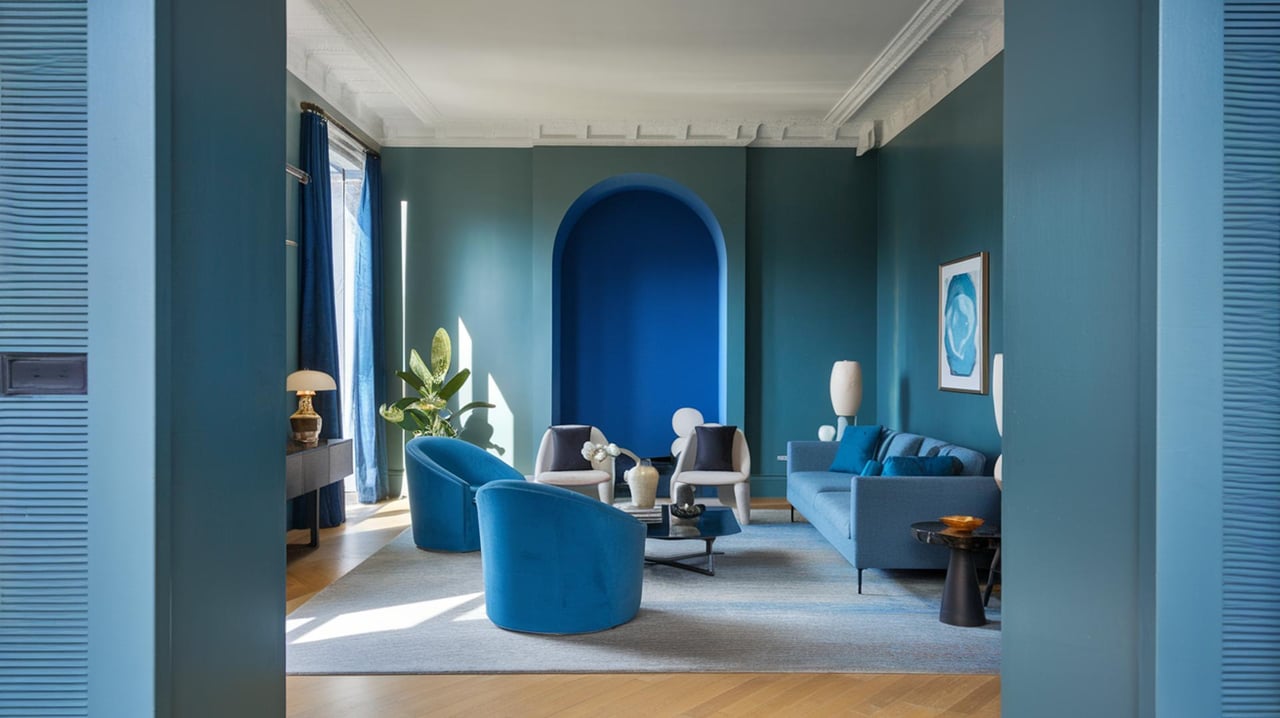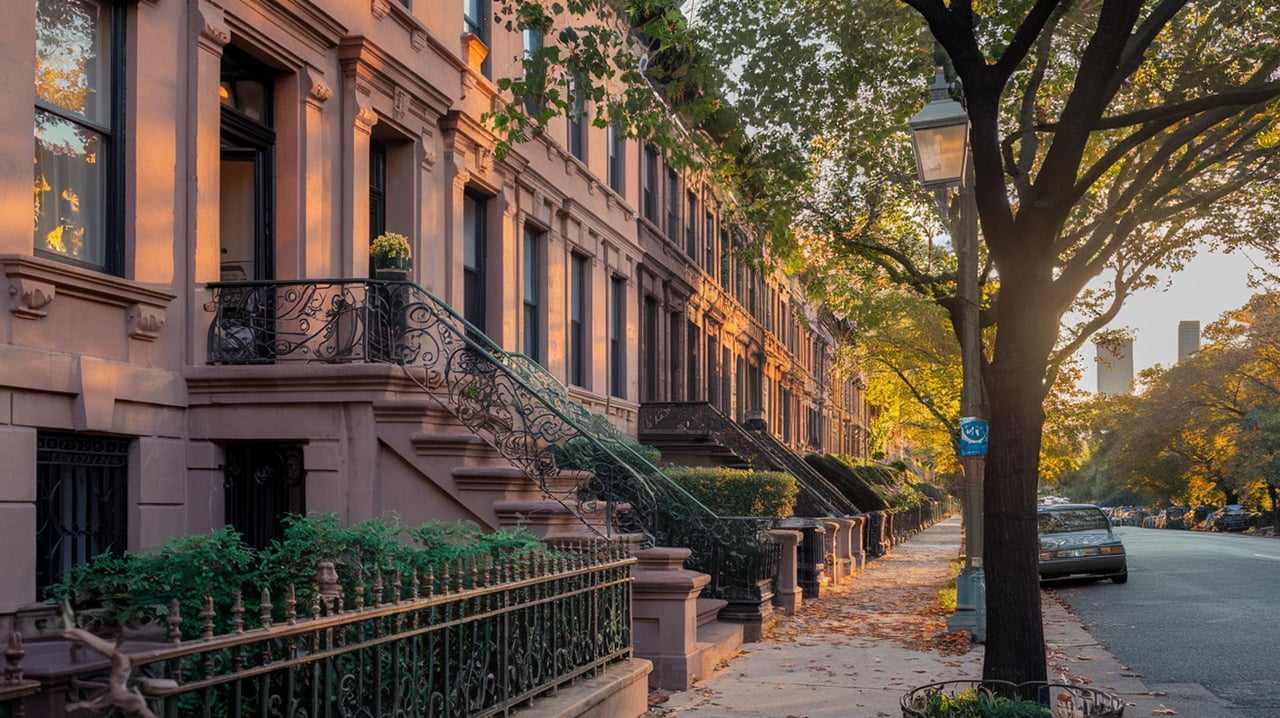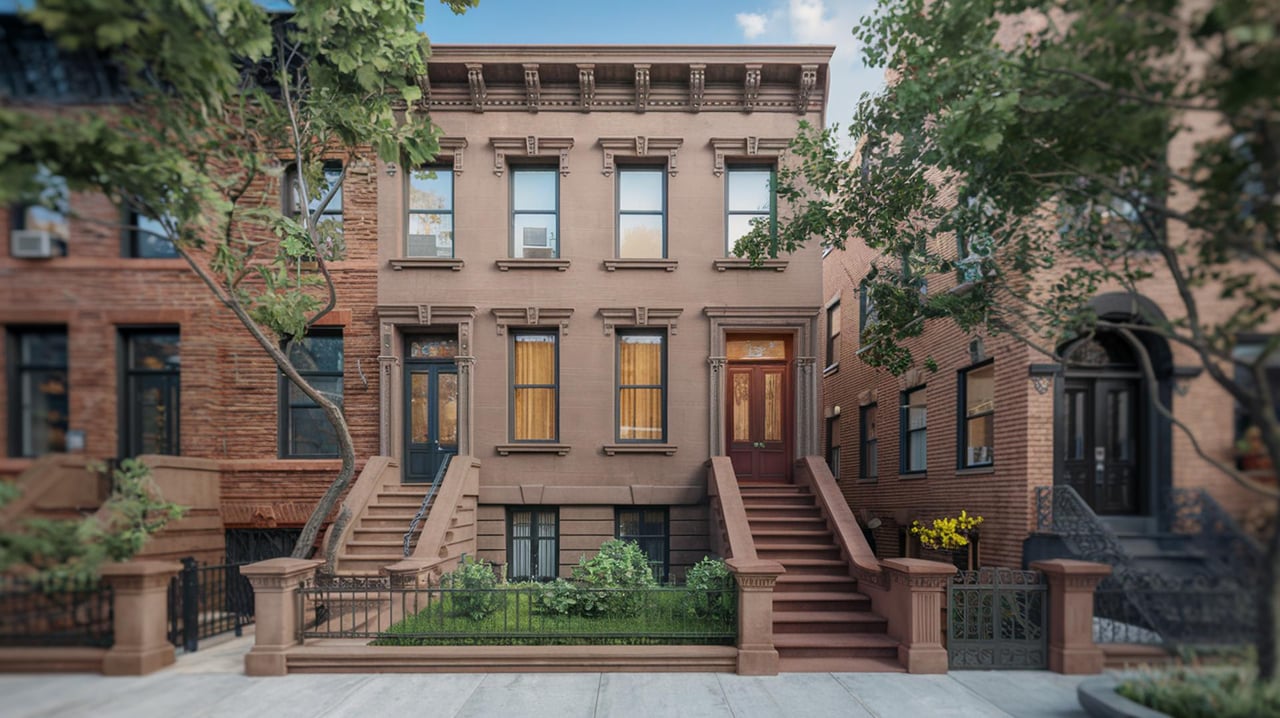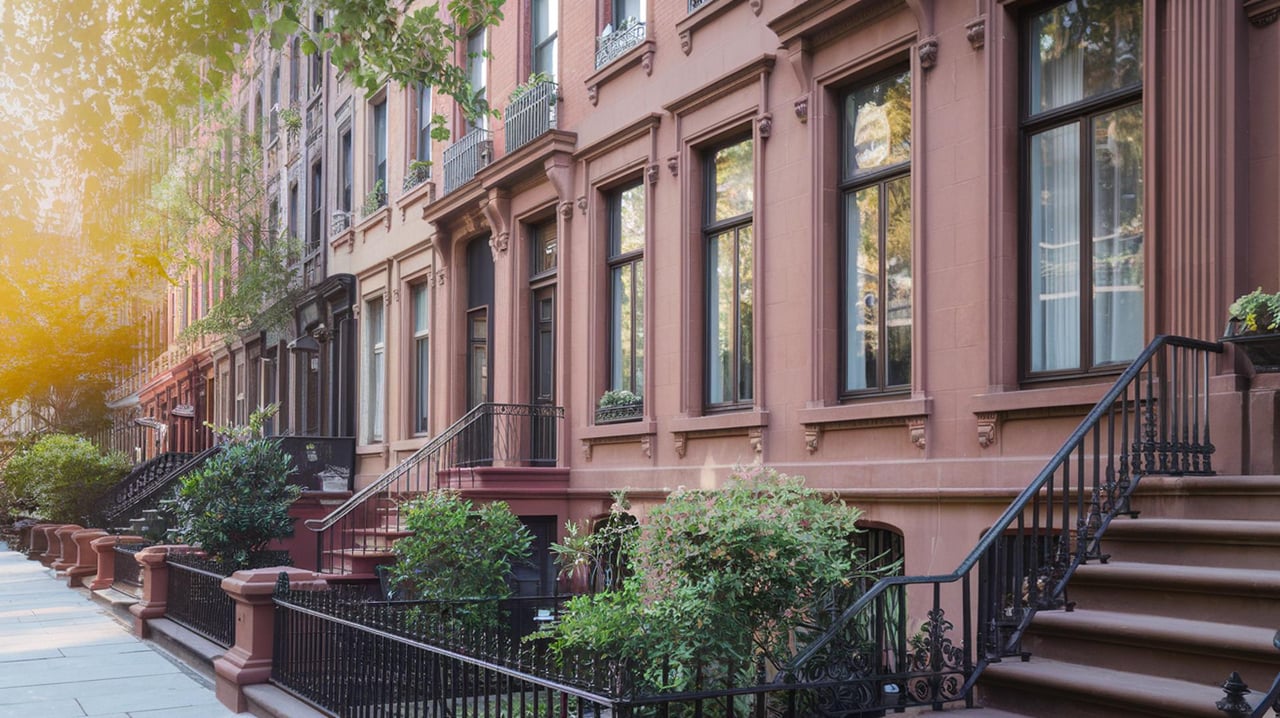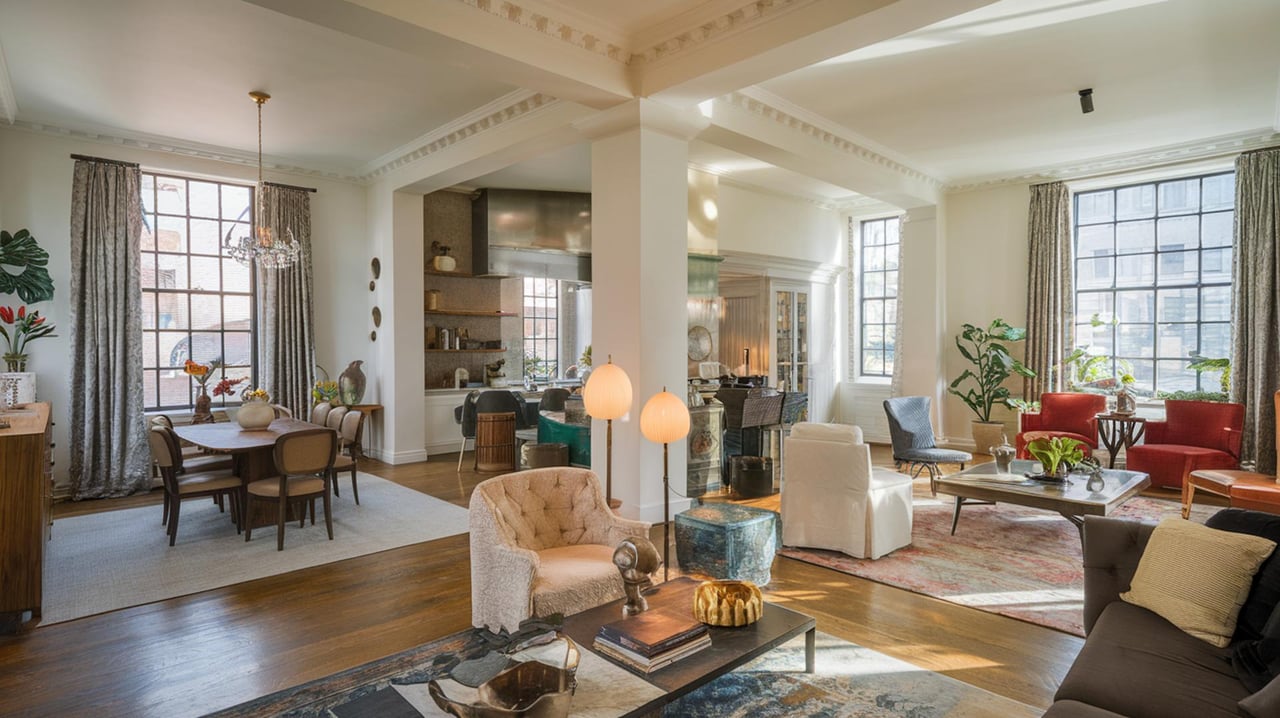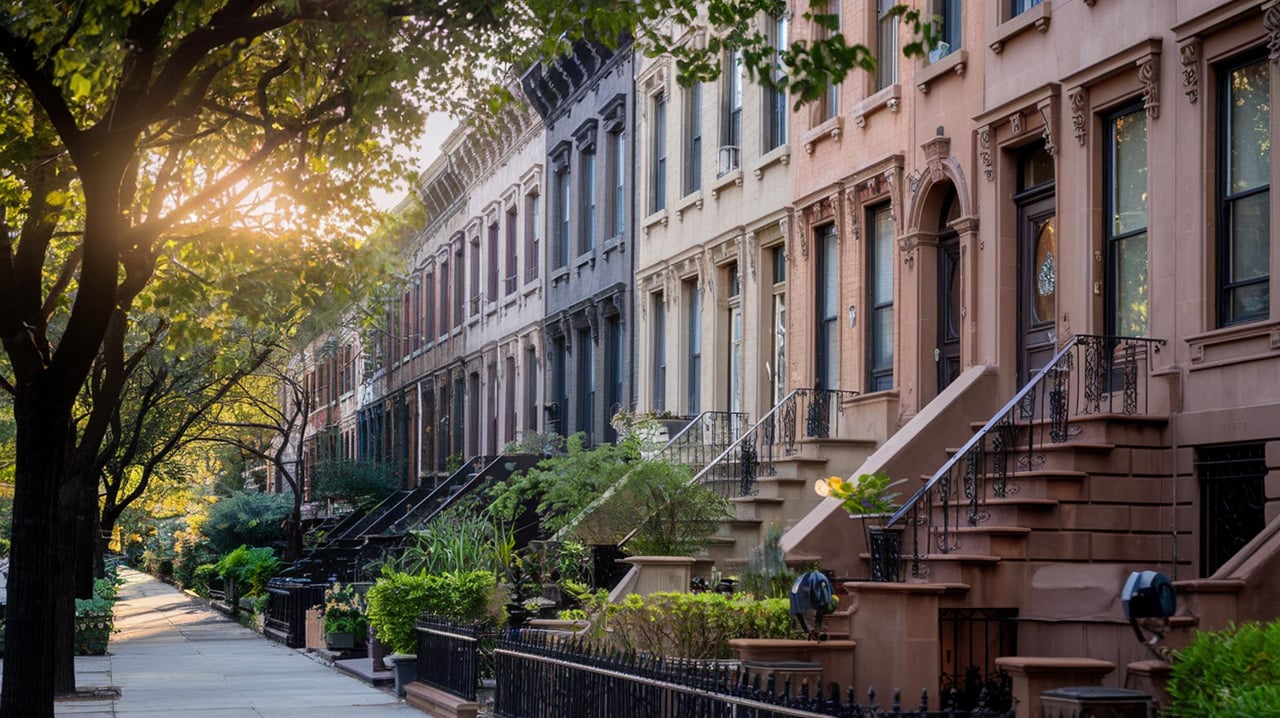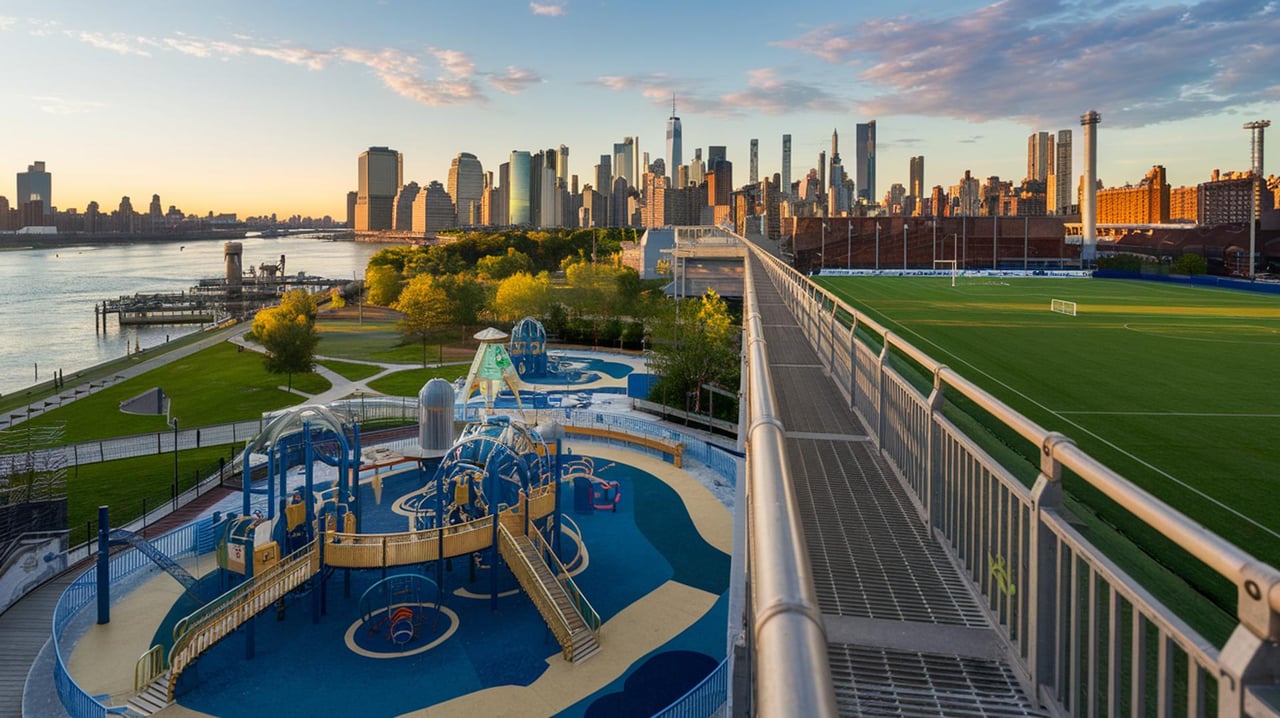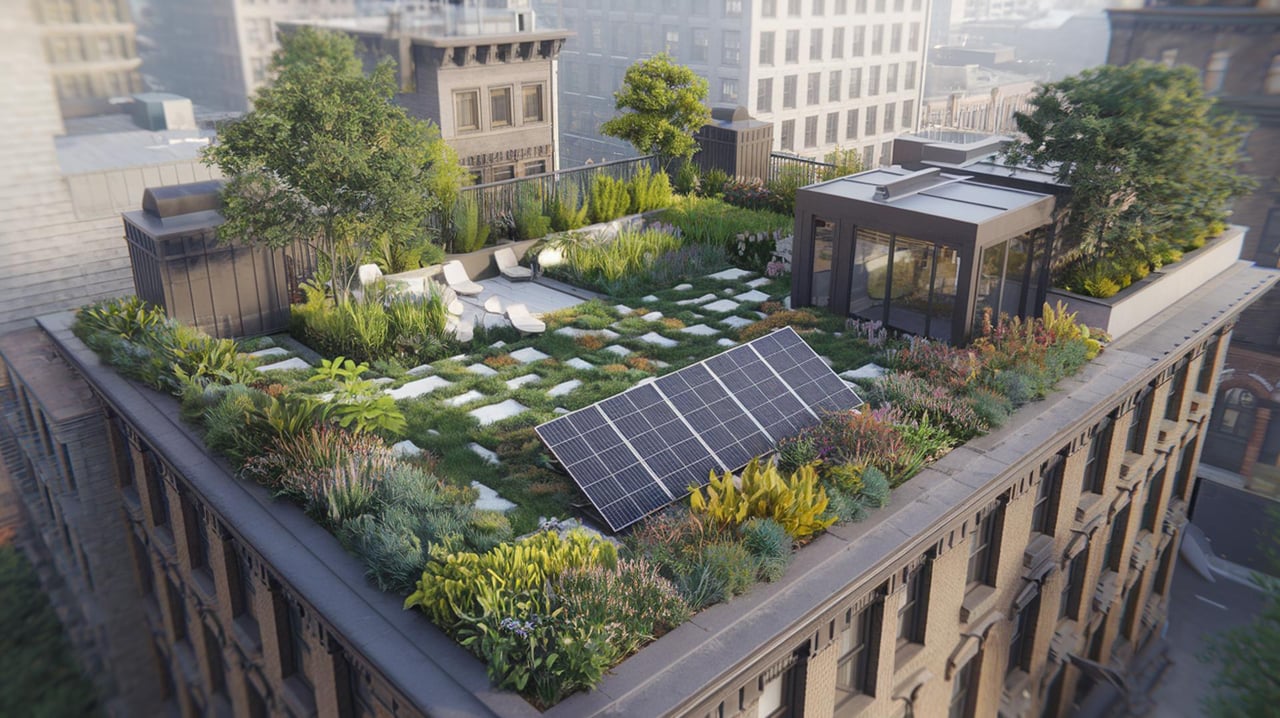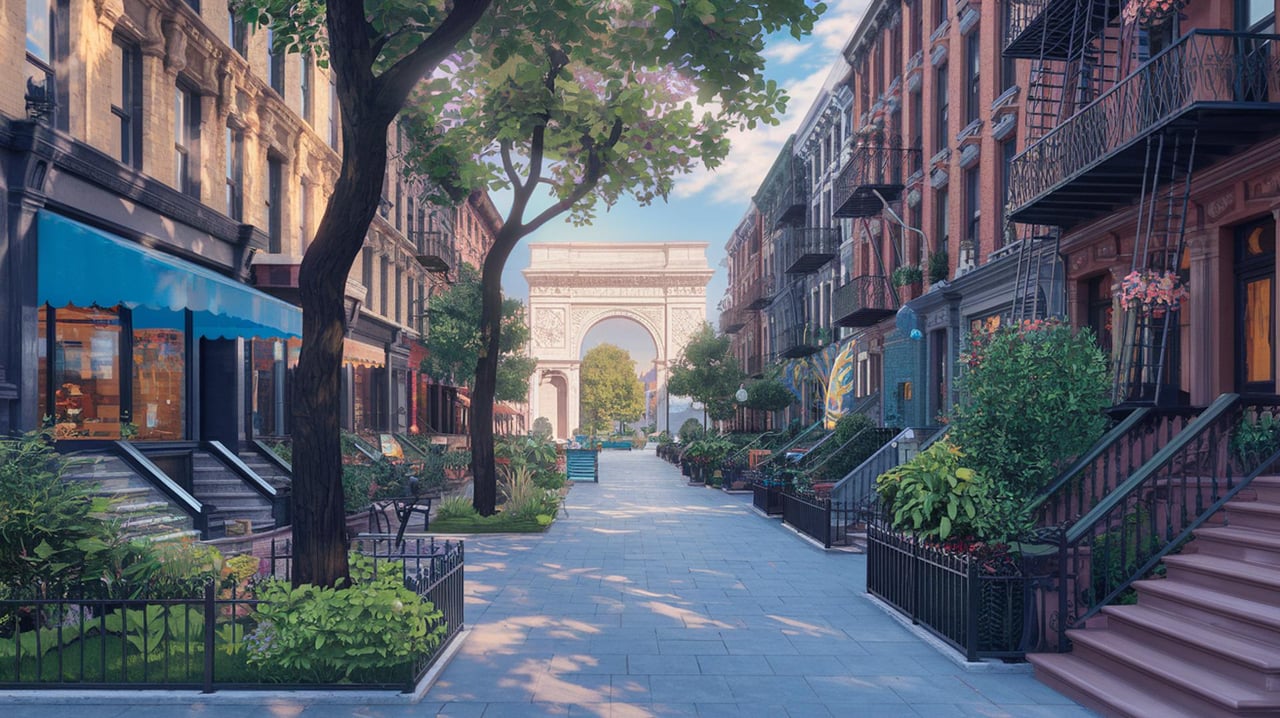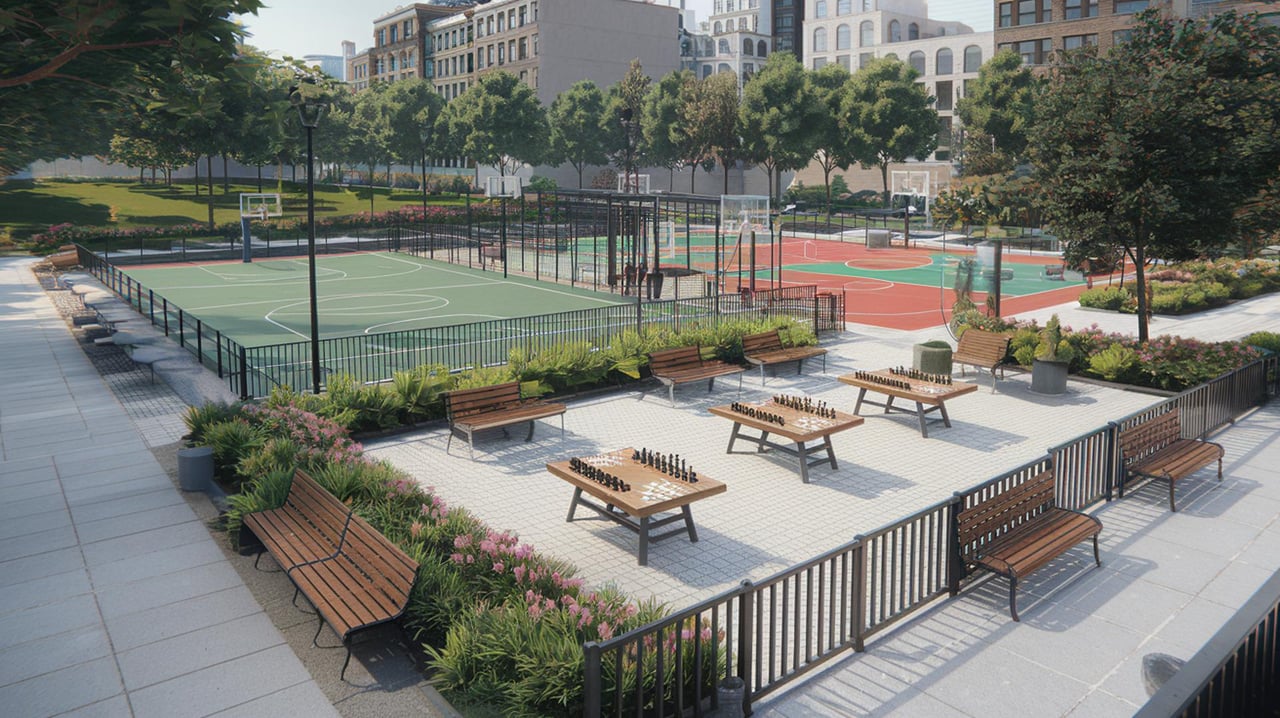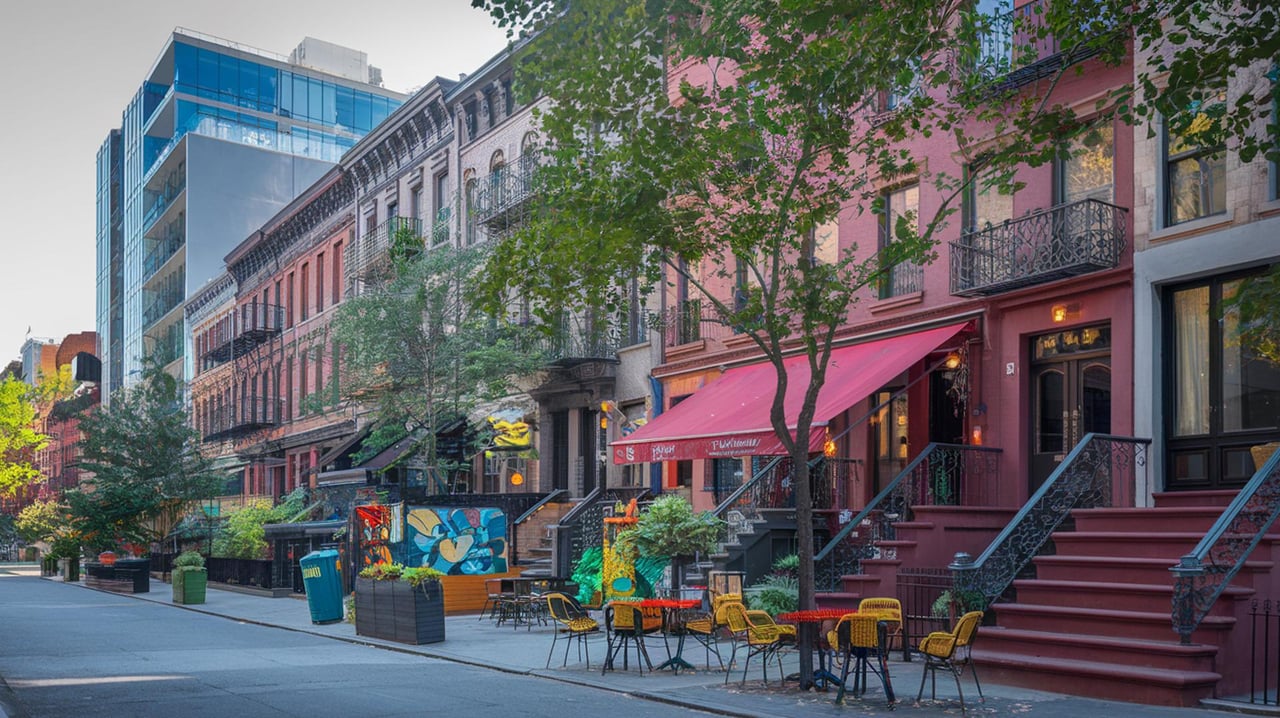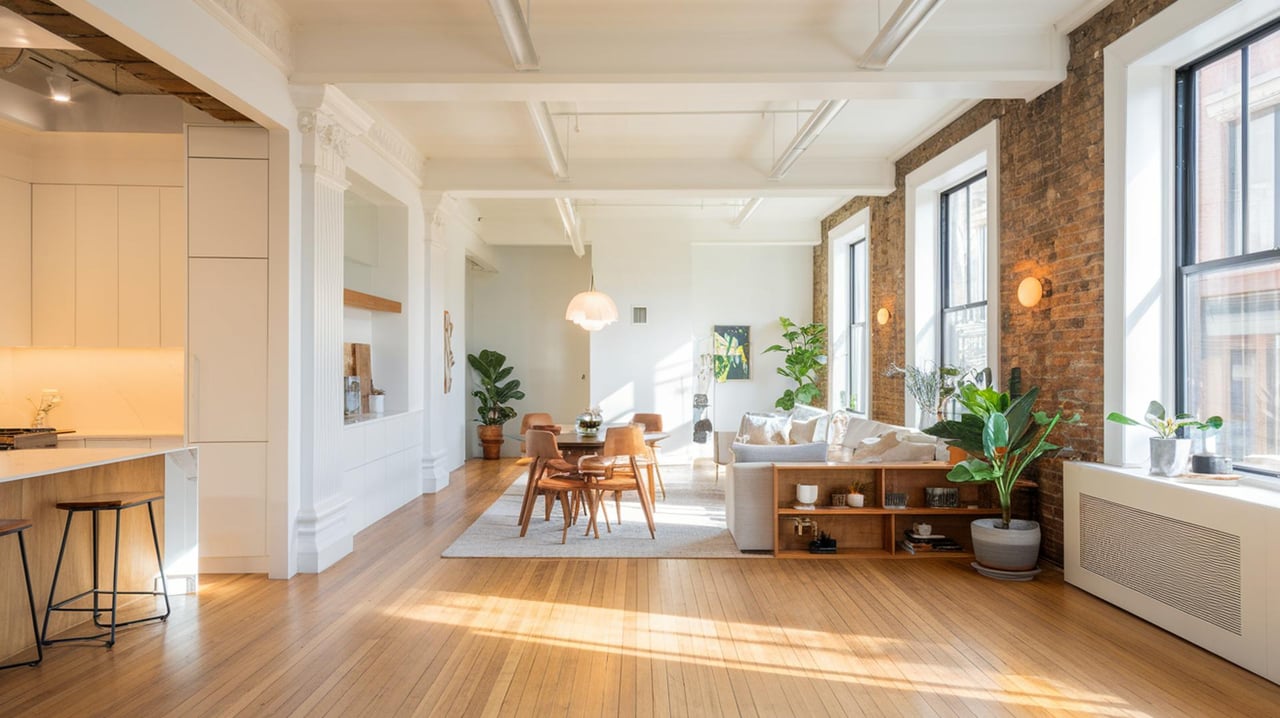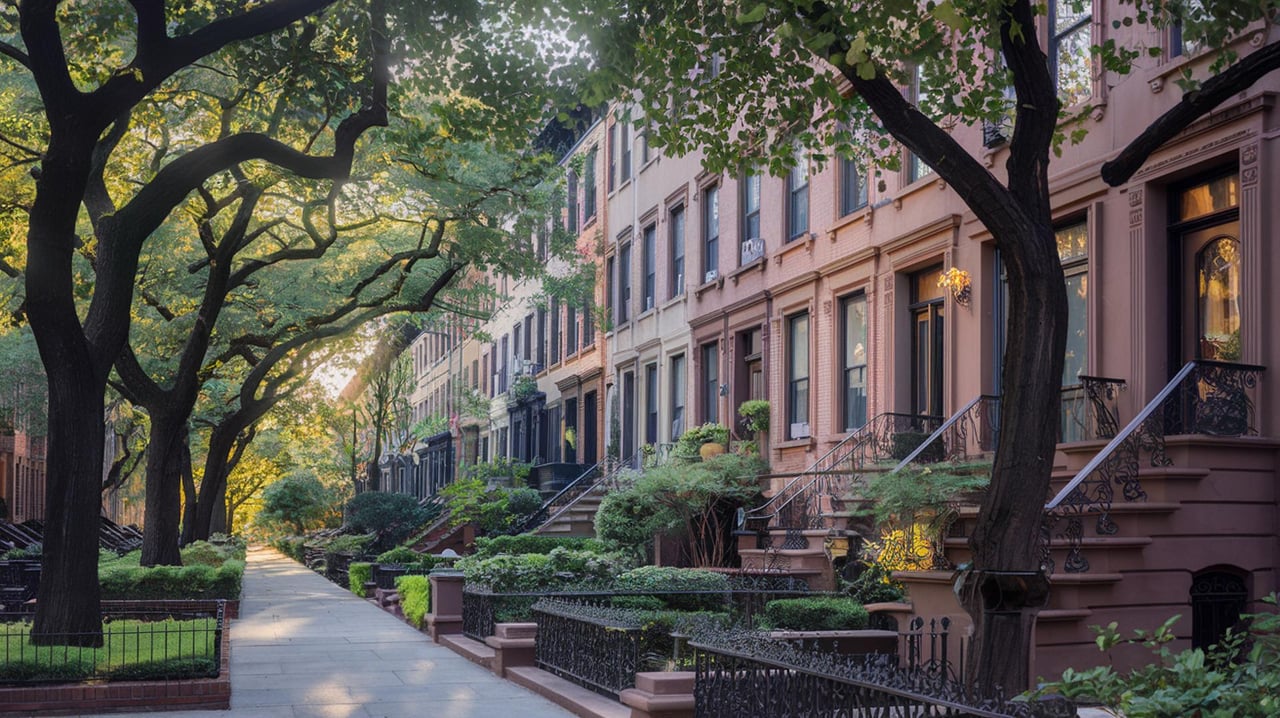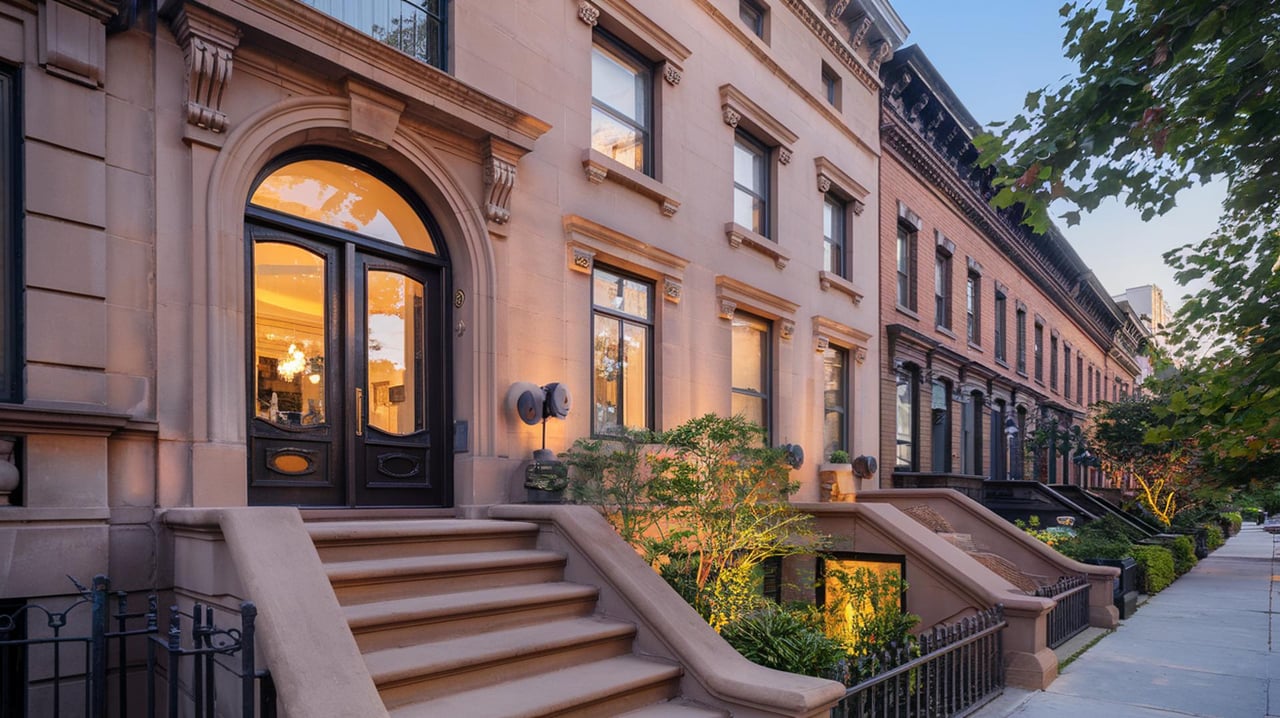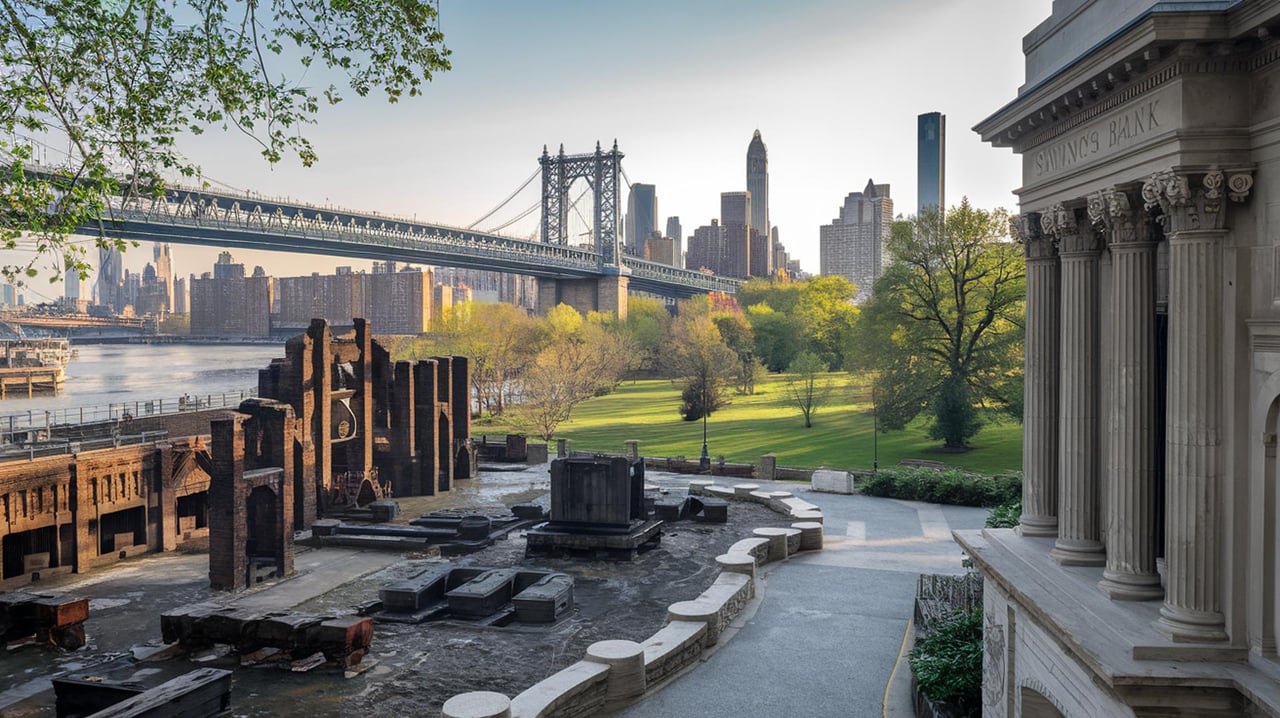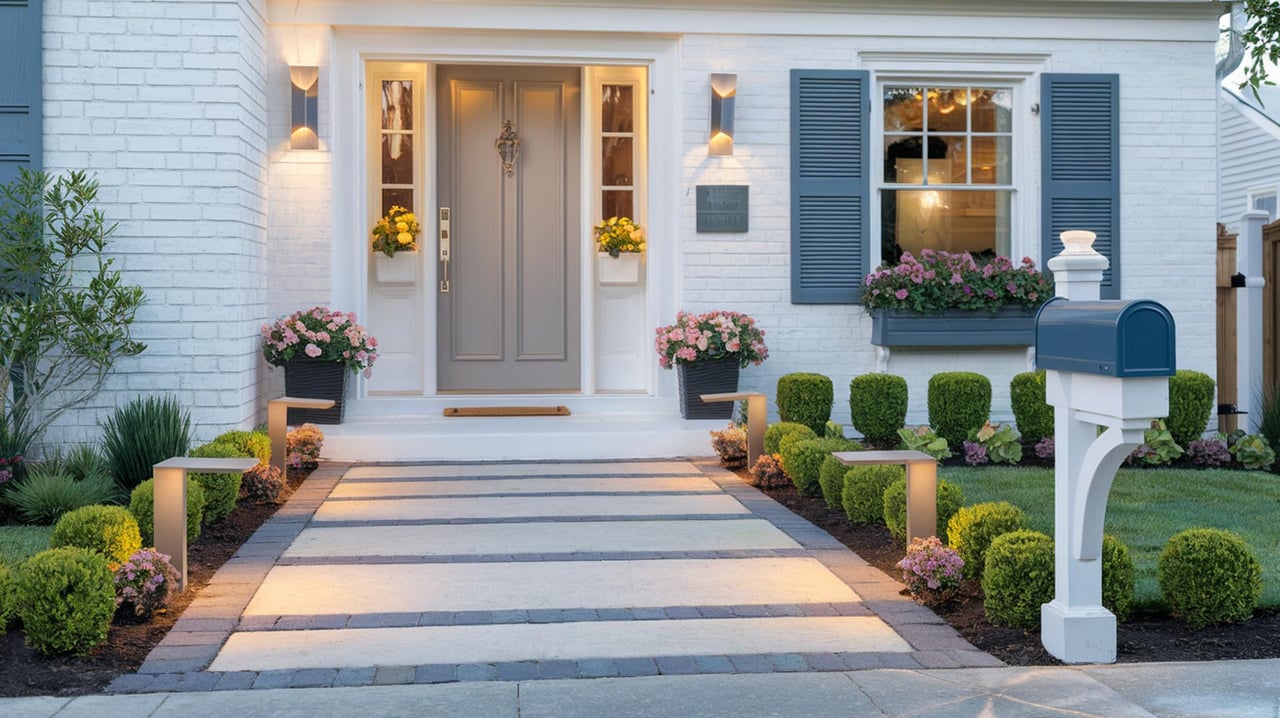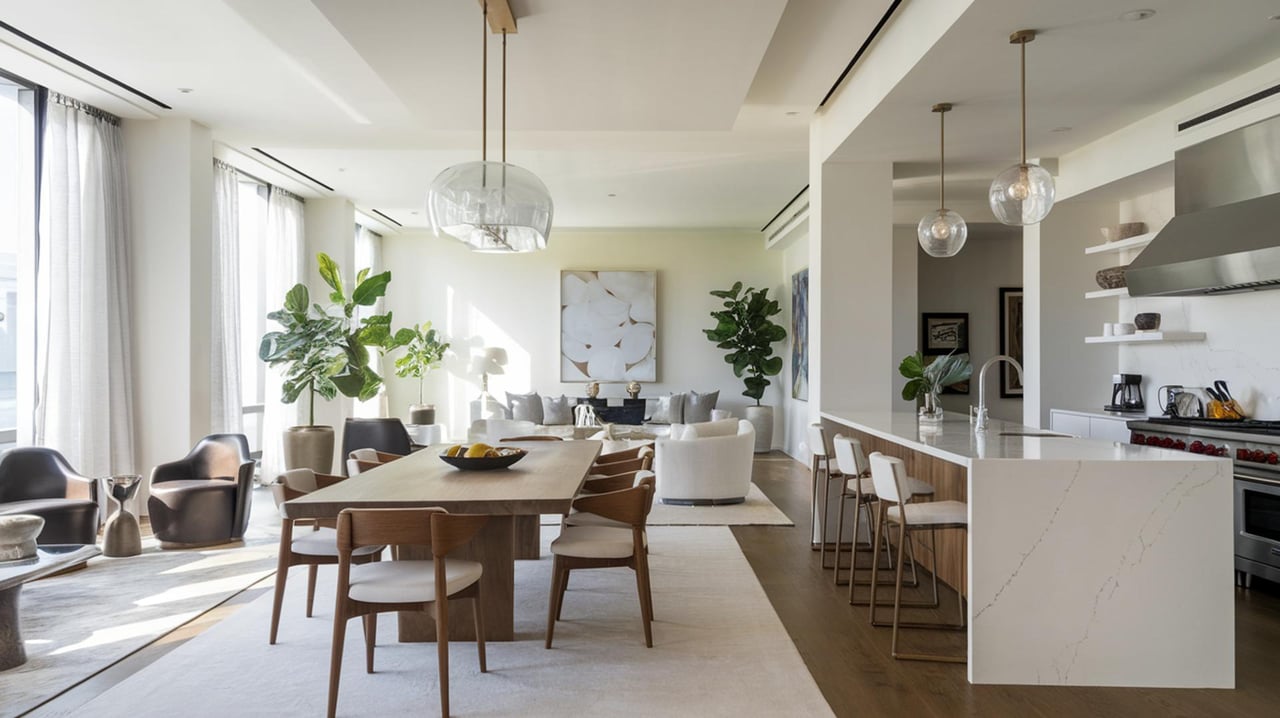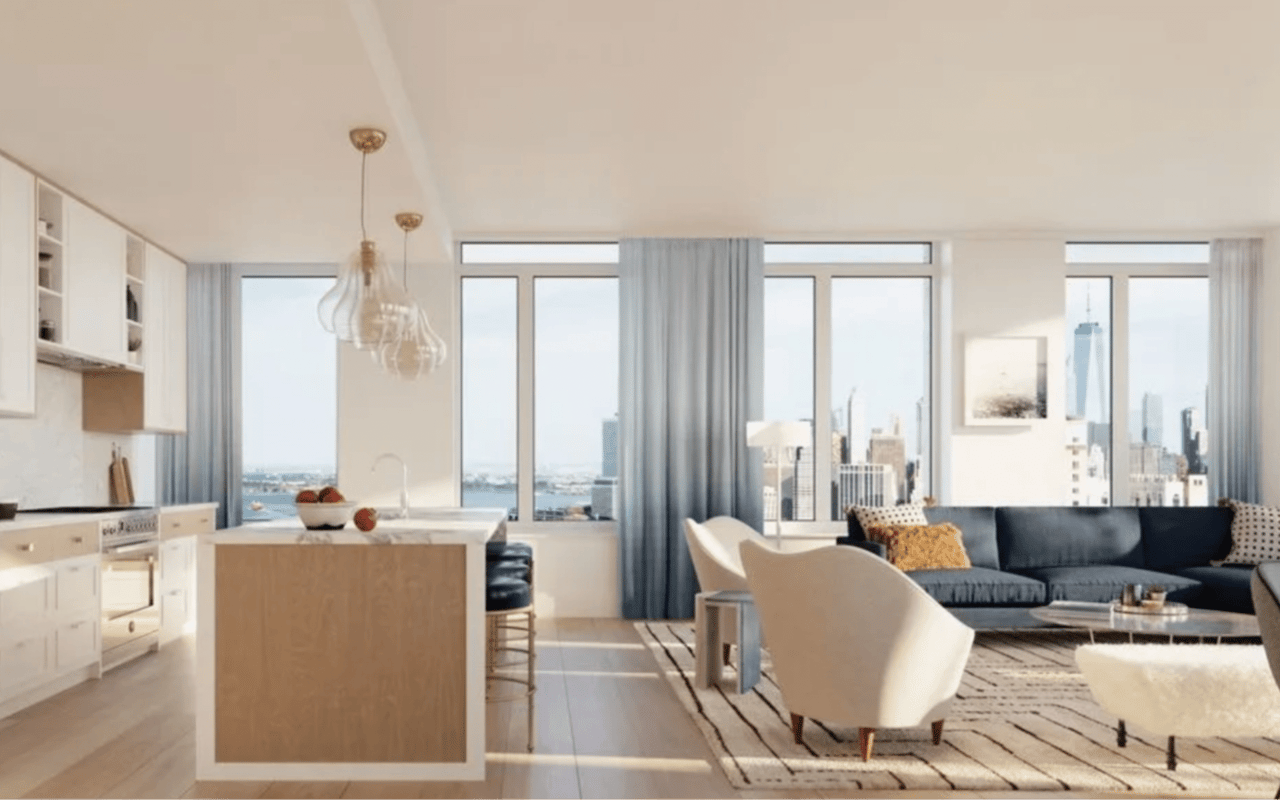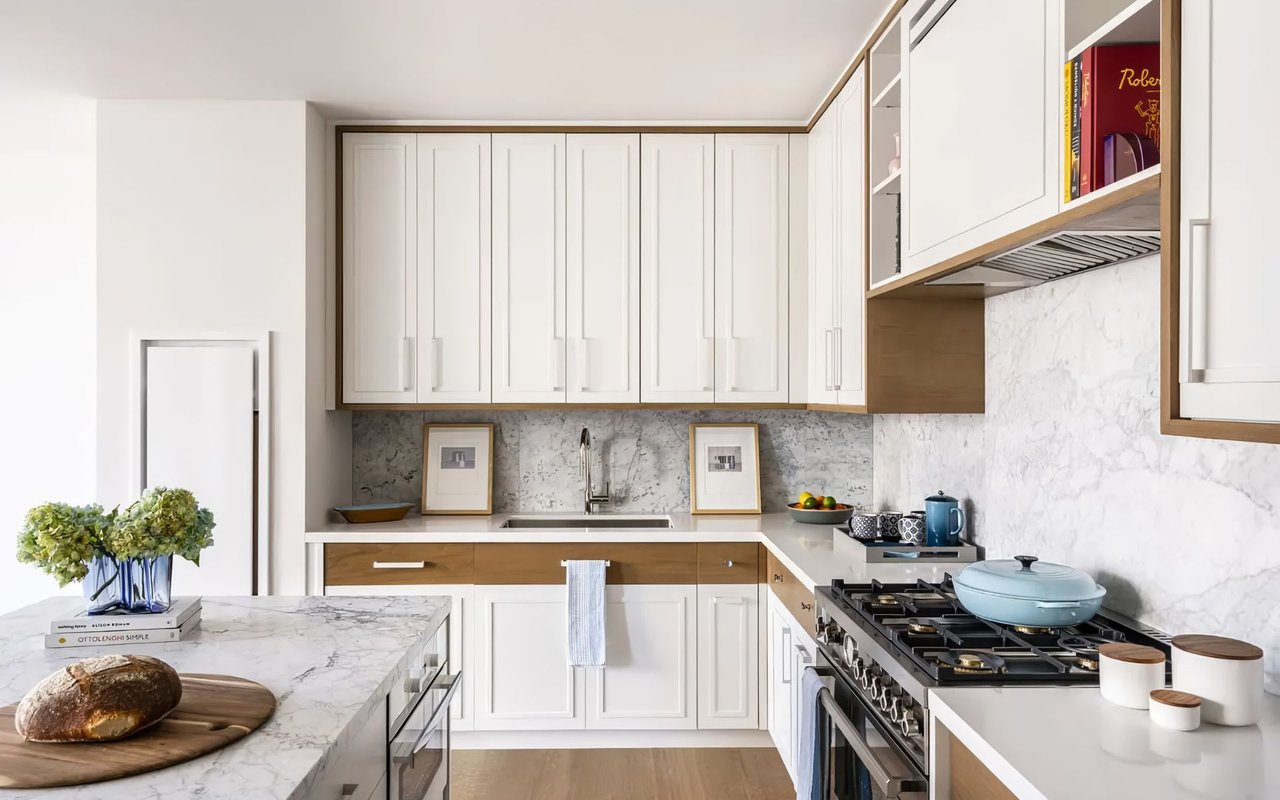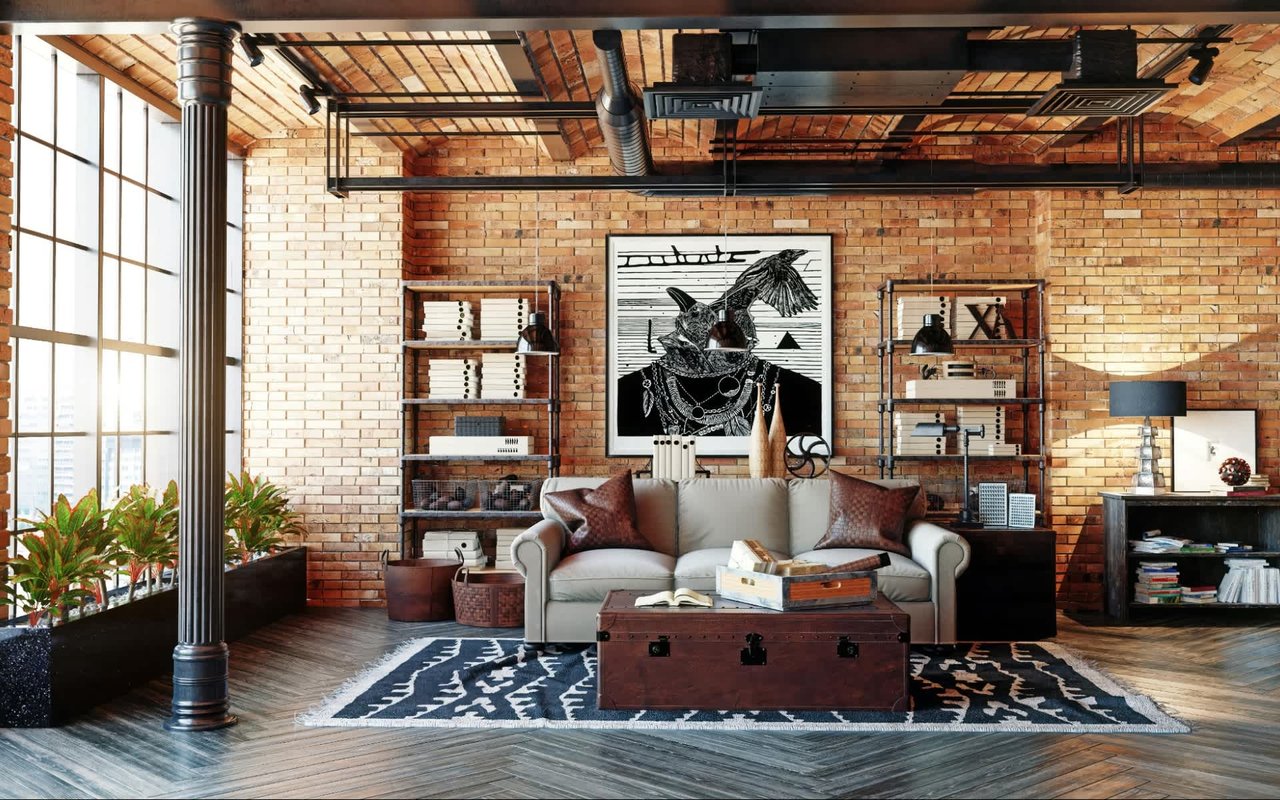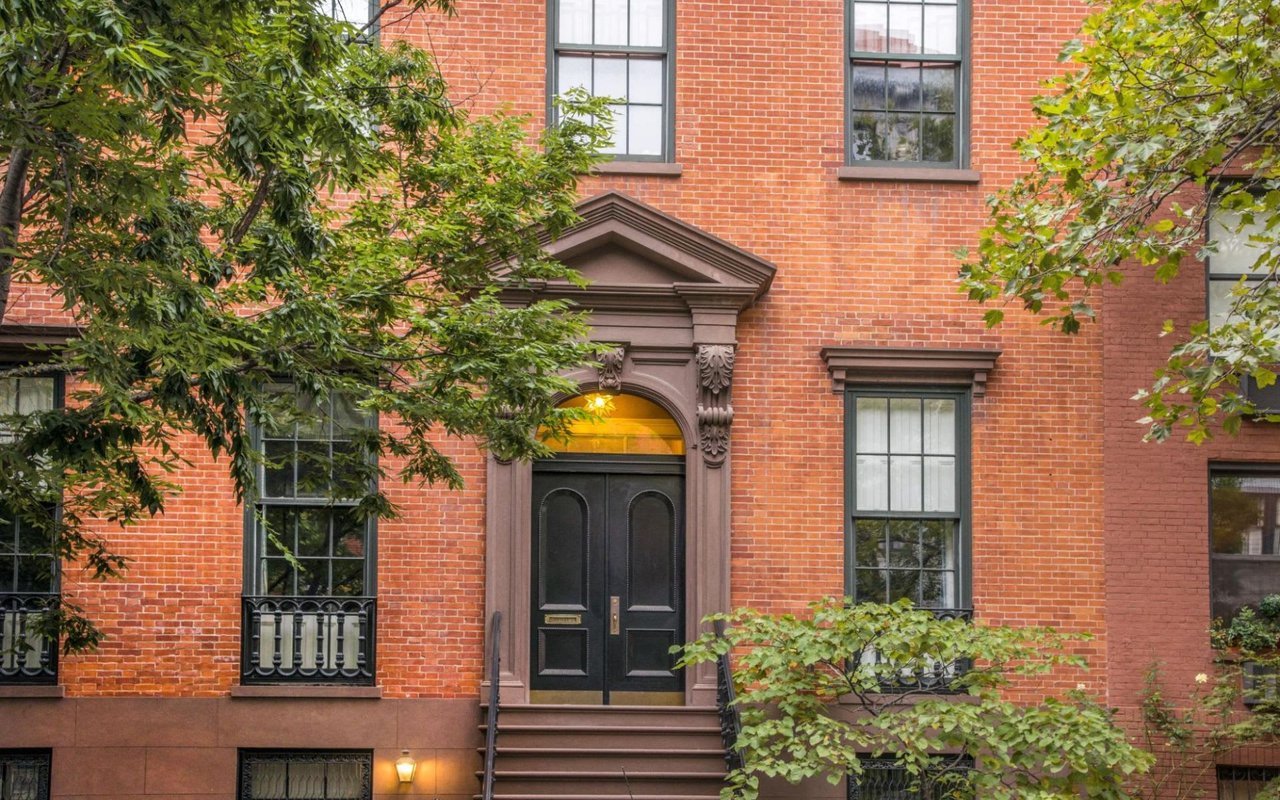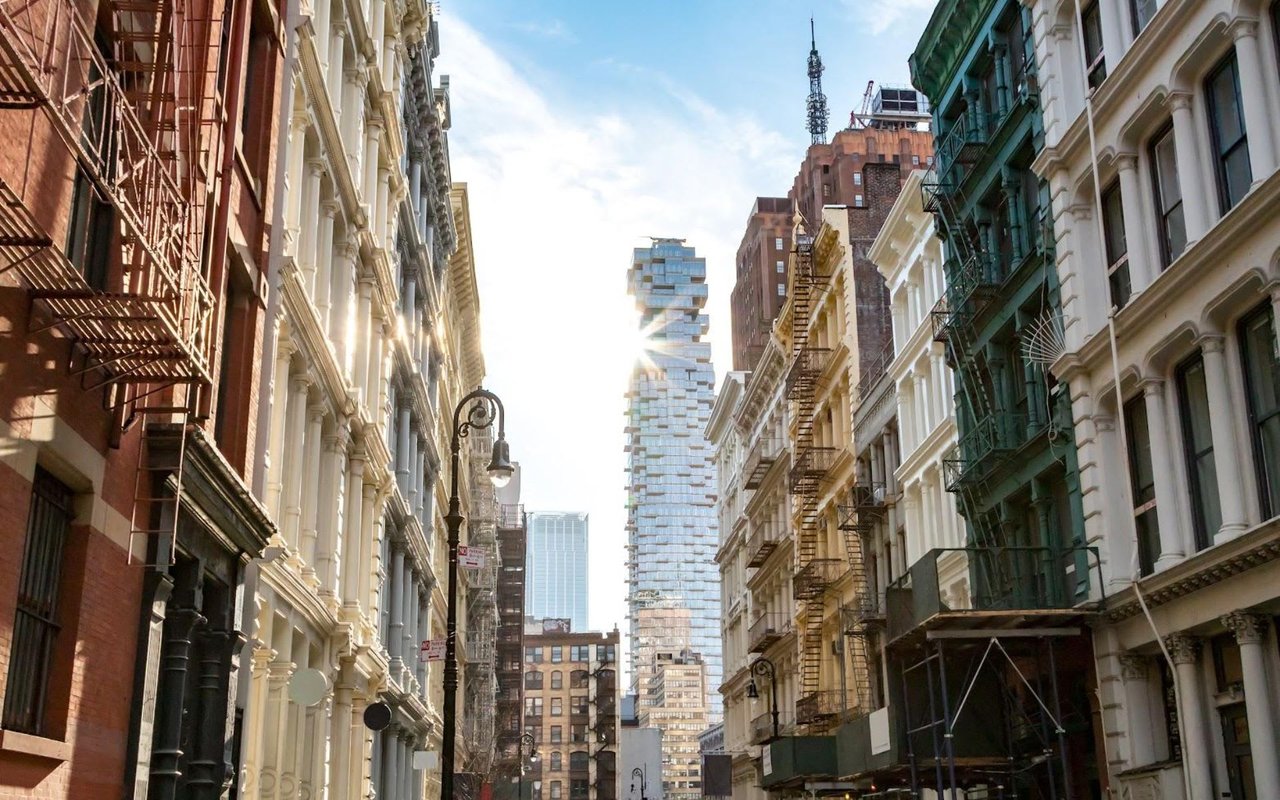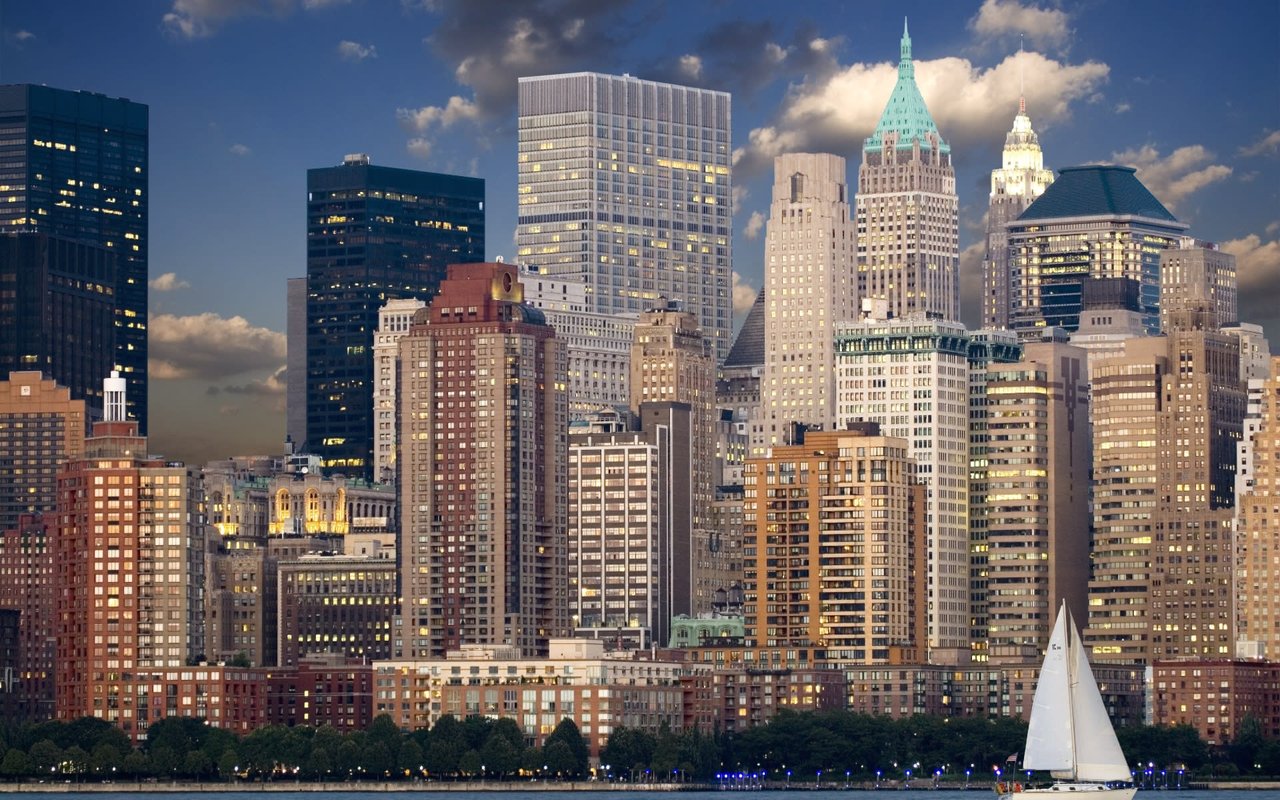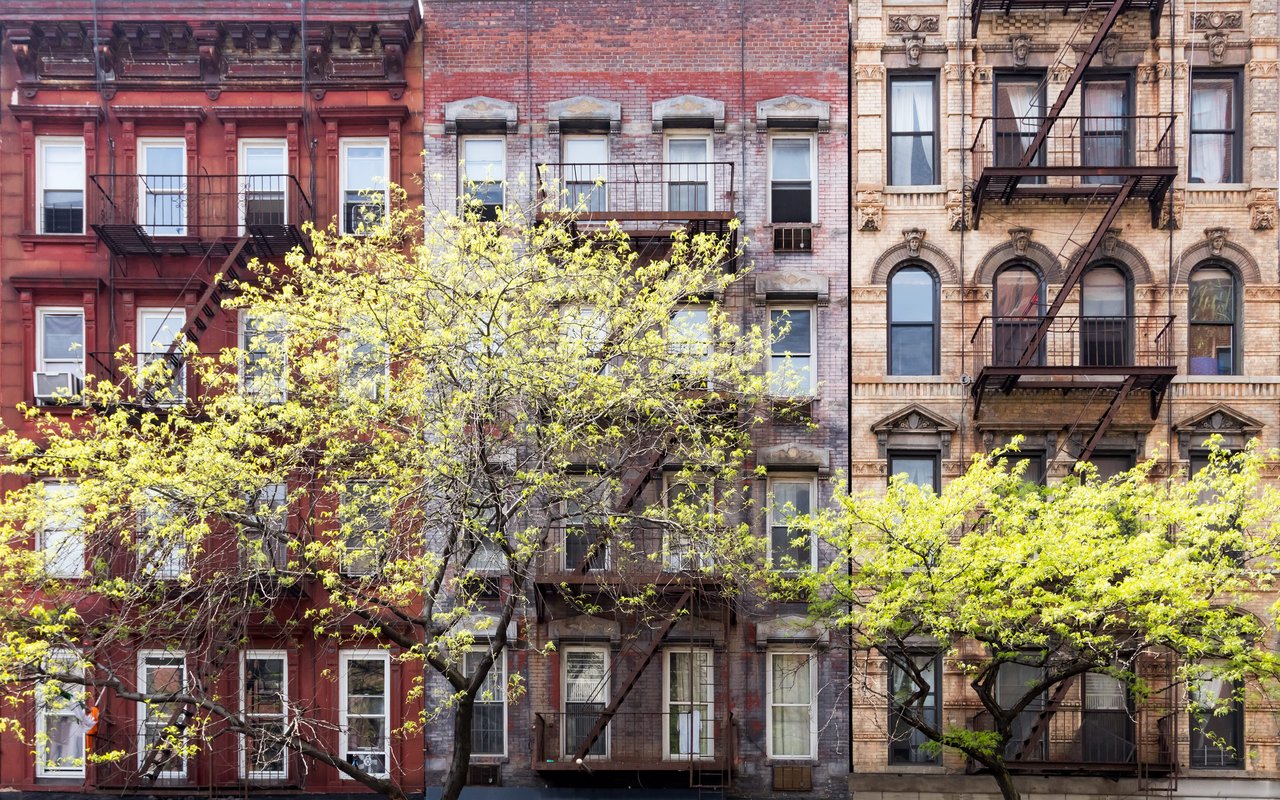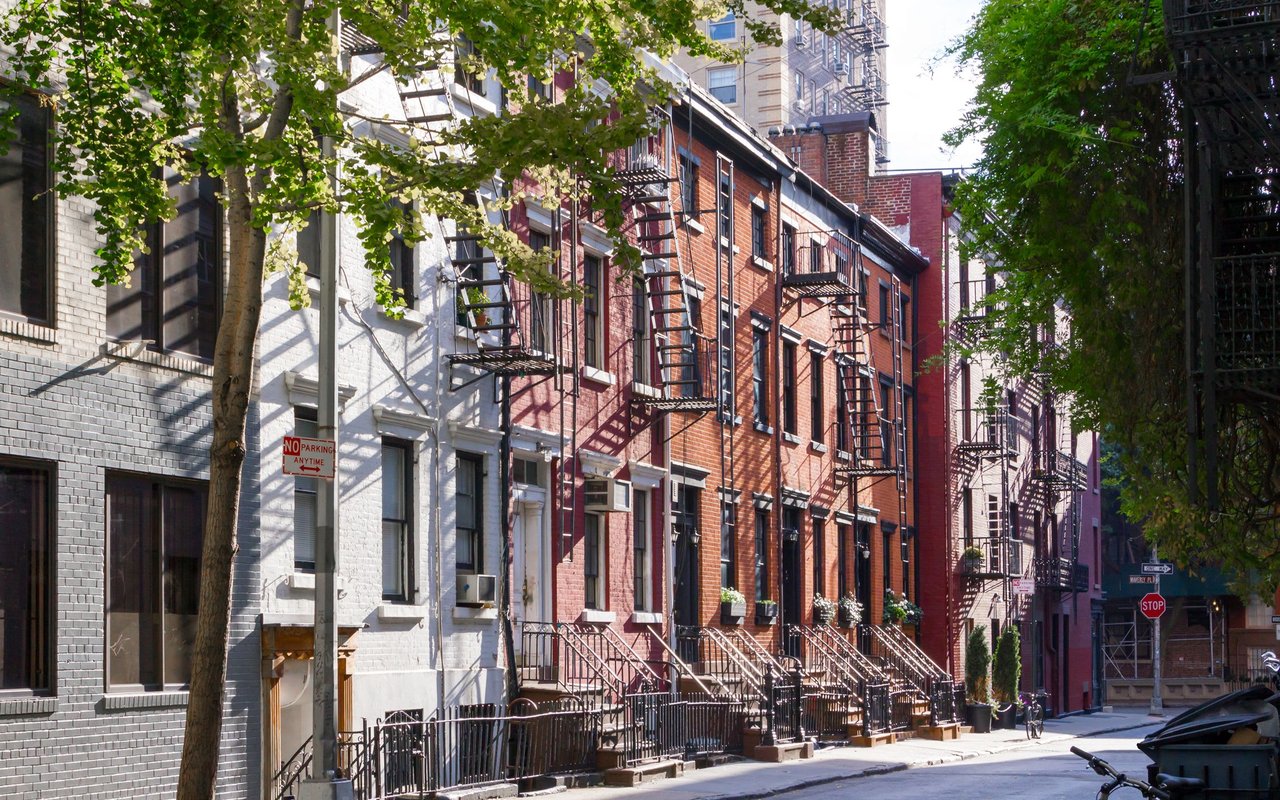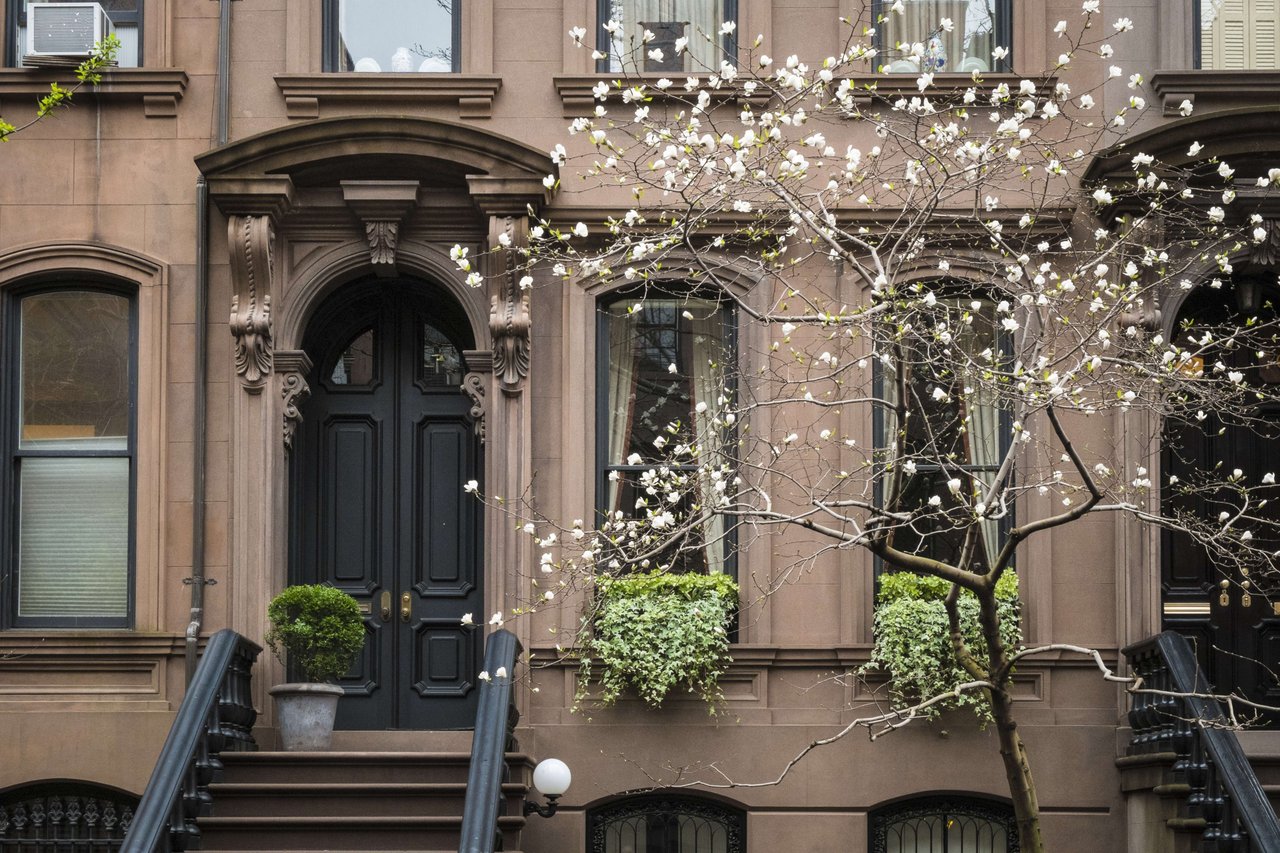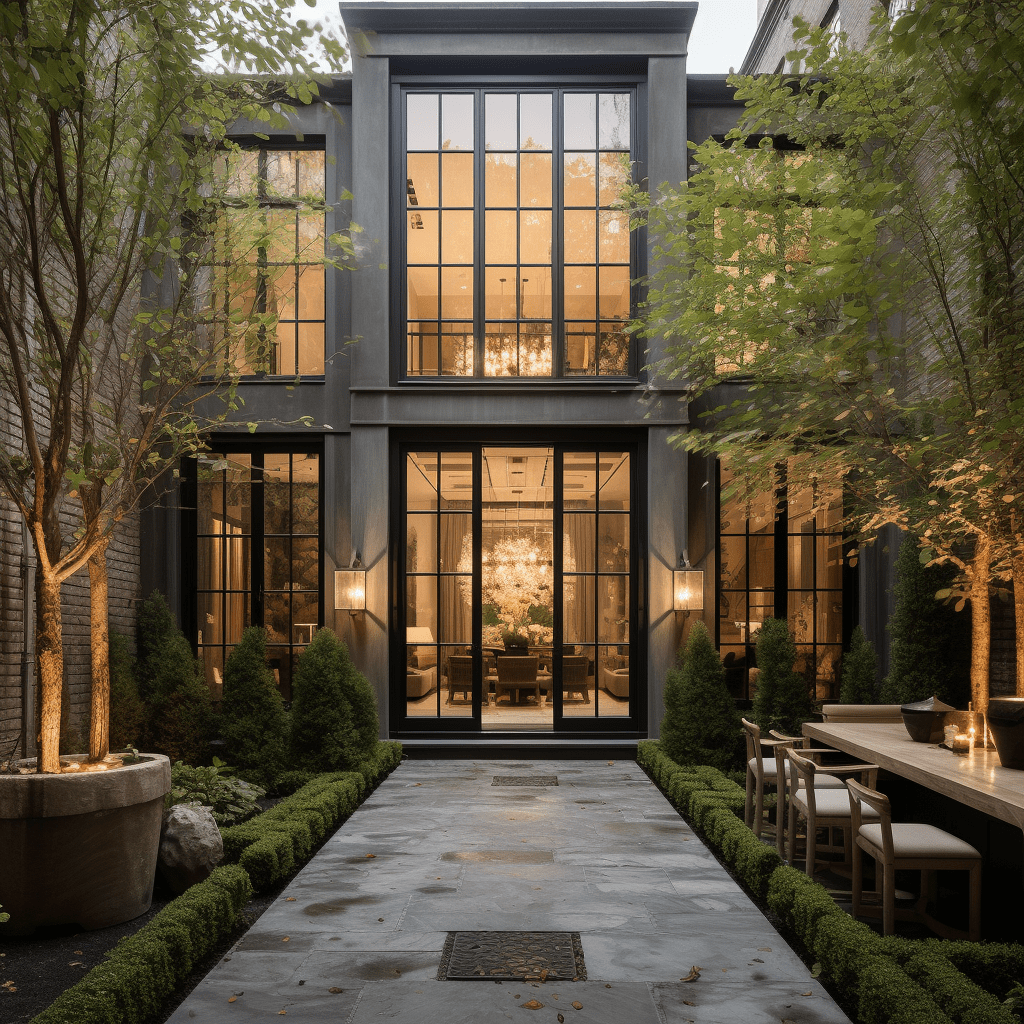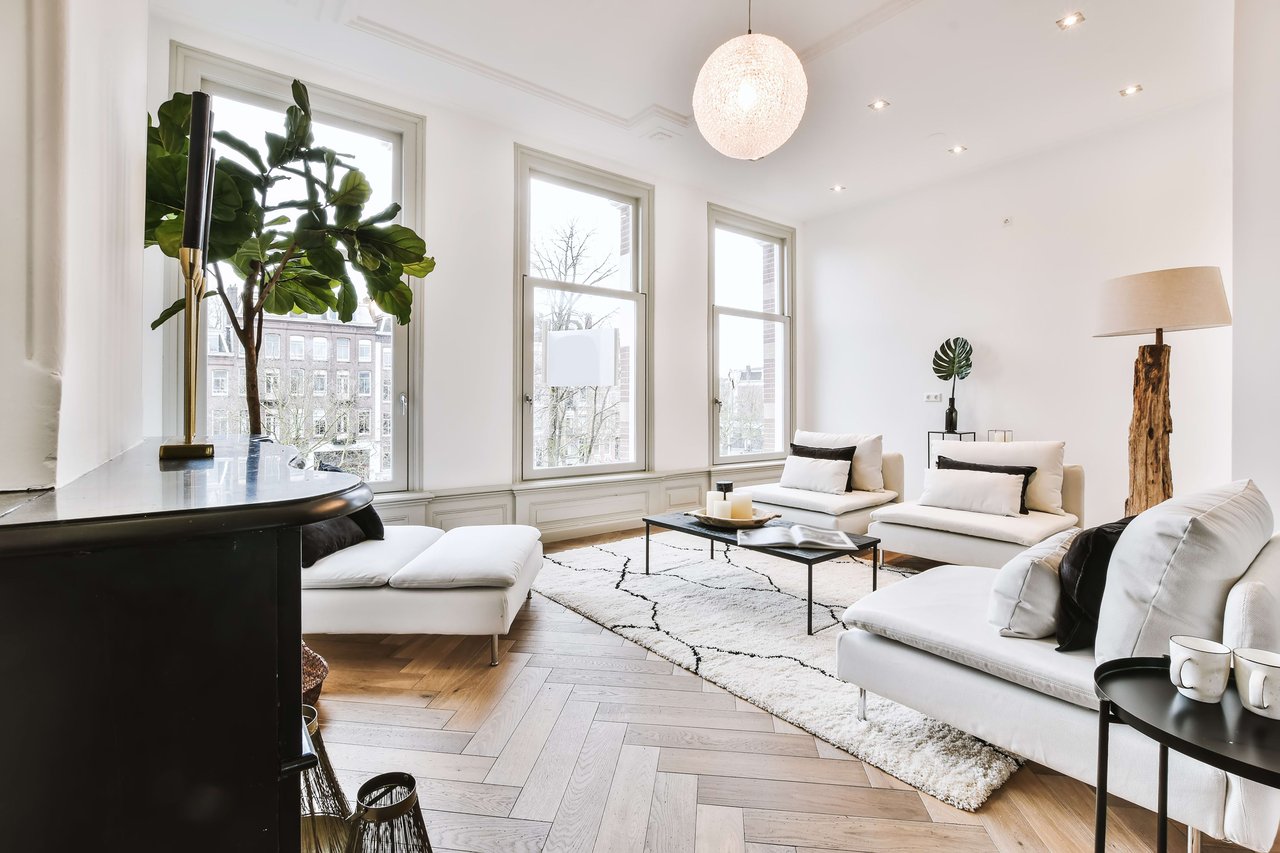Tucked between New York City's trademark supertall glass and steel skyscrapers sits a form of residential real estate even more quintessential to the city's urban aesthetics — the classic brownstone.
Testaments to timeless elegance and architectural grandeur, these dwellings, with their distinctive brown sandstone facades, ornate details, and welcoming front stoops, echo a romantic era of history and culture, a unique living experience steeped in character and charm. Brownstones, often nestled in coveted neighborhoods, represent more than just homes; they are symbols of prestige and prominence, blending 19th-century craftsmanship with the vibrancy of the modern city. They appeal to those who want the best of all worlds in NYC — privacy and space, historical significance, and a home at the heart of the city's unique buzzy vibe.
Yet, the enchantment of owning a brownstone in NYC, much like the city itself, may not resonate with everyone. These historic gems demand a passion for preservation and a willingness to embrace their idiosyncrasies. Maintaining their legacy comes with its own challenges, from meticulous upkeep to navigating the complexities of renovation in historic districts.
Let's explore this classic piece of Big Apple real estate and examine the pros and cons of owning a brownstone in NYC.
Pros of owning a brownstone in NYC
For luxury home shoppers and investors, the allure of owning a brownstone in NYC lies in its historical charm and cultural richness. These properties offer unique benefits, including residential space and status, neighborhood convenience and connectedness, and plenty of income potential. Brownstones are a prestigious and practical investment in the city's celebrated real estate market. A few more benefits of owning a brownstone in NYC include:
Architectural uniqueness and aesthetics
Foremost, brownstones stand out for their distinctive architectural style. Featuring detailed facades, high ceilings, and, in many cases, original woodwork and fireplaces (or those painstakingly restored to their original glory), NYC brownstones span nearly 150 years of the city's architectural history. Particularly in Brooklyn, Manhattan, and Queens, you can find an impressive variety of styles to suit any manner of tastes — from the Federal styles of the late 1700s to Greek and Gothic Revival during the 1830s to the Italianate style that proved most prevalent of all during the mid-1800s.
Near the turn of the 20th century, Queen Anne and Renaissance Revivals took hold in the late- and post-Victorian eras. This uniqueness and sweeping historical lineage add a certain cachet highly valued in the luxury market. The aesthetic appeal of these properties is not just in their vintage charm but also in their potential for tasteful modernization that respects their historical integrity.
Near the turn of the 20th century, Queen Anne and Renaissance Revivals took hold in the late- and post-Victorian eras. This uniqueness and sweeping historical lineage add a certain cachet highly valued in the luxury market. The aesthetic appeal of these properties is not just in their vintage charm but also in their potential for tasteful modernization that respects their historical integrity.
Strong investment potential
Brownstones are often prized trophy investments. Their scarcity and the perennial appeal of their neighborhoods mean they tend to maintain or increase their value over time. This makes them particularly attractive to investors looking for long-term capital growth and luxury buyers who see a home as a significant part of their asset portfolio.
There are also sizable income-generating opportunities among the brownstone's flexible floorplan and multi-level layout. Many brownstones include separate rental apartments or garden-level spaces. This gives owners the opportunity for a passive income stream, which is especially attractive for investors. For those who don't need to utilize the entire space themselves, this feature adds a practical and financial advantage.
There are also sizable income-generating opportunities among the brownstone's flexible floorplan and multi-level layout. Many brownstones include separate rental apartments or garden-level spaces. This gives owners the opportunity for a passive income stream, which is especially attractive for investors. For those who don't need to utilize the entire space themselves, this feature adds a practical and financial advantage.
Cultural and community connectivity
More than investments, New York's brownstones are also homes. Whether housing a single owner or modified to suit multiple tenets, a brownstone is favored for its convenience and connection to its respective locale. They're located in neighborhoods — Manhattan's Upper West Side, Greenwich Village and West and East Villages, and Brooklyn's Park Slope, Bedford-Stuyvesant, and Brooklyn Heights, to name a few — steeped in history and culture, known for their vibrant communities, local art scenes, and an array of dining and shopping options. Ownership of a brownstone often means being part of a community that values preservation, culture, and a more laid-back lifestyle within the bustling city.
Exclusivity and status symbol
New York City brownstones are iconic. They are representatives of the past and status symbols of the present. They've featured in countless movies and TV shows — as scene-stealing central locations to world-building backdrops in everything from Sex and the City to Sesame Street. Owning a brownstone in NYC can be seen as a status symbol. It reflects wealth and a certain level of sophistication and appreciation for history and architecture. This aspect appeals to high-net-worth individuals who see their home as a reflection of their brand and legacy.
Cons of owning a brownstone in NYC
While brownstones in NYC offer a unique and prestigious living experience, they also come with challenges that luxury buyers and investors need to consider. These include high maintenance costs, renovation restrictions, and the absence of modern amenities. Understanding these drawbacks is crucial for making an informed decision about investing in these historic properties — ensuring the charm and allure of a brownstone don't overshadow the practical realities of ownership.
High maintenance and upkeep costs
Considering that most brownstones in Manhattan and Brooklyn are approximately 150 years old, give or take a few decades, the historical significance is accompanied by the requisite wear and tear. In some cases, brownstones suffer from outright neglect from absentee owners. Even in the best cases, these beautiful architectural gems require more maintenance than newer buildings. This includes regular upkeep of the exterior façade, roofing, and plumbing systems, which may be aged and need specialized care. The cost of maintaining original features like wood flooring, ornate moldings, and period fixtures can also be significant.
Complex and costly renovations
While upkeep might be costly, renovating a brownstone can be incredibly complex, with significant time and financial resources devoted to the home's proper restoration. Many of these buildings are considered landmarks or historic landmark districts, where modifications require approval from the city's Landmark Preservation Commission. That process can be lengthy and restrictive, limiting the extent to which the property can be modernized or altered.
Updating the interiors to modern standards while preserving historical elements can prove expensive and include asbestos testing and removal and modernization of wiring and plumbing, among several other updates and modifications. Partnering with an experienced developer and builder well-versed in brownstone restoration will make the process less stressful.
Updating the interiors to modern standards while preserving historical elements can prove expensive and include asbestos testing and removal and modernization of wiring and plumbing, among several other updates and modifications. Partnering with an experienced developer and builder well-versed in brownstone restoration will make the process less stressful.
Lack of modern amenities
Brownstones are essentially townhomes, century-and-a-half-old townhomes at that, and anyone expecting a vast array of modern conveniences and amenities should look elsewhere. Generally, brownstones do not offer the amenities that come with luxury condominiums, such as doormen, elevators, in-building gyms, or swimming pools. A brownstone's lack of amenities could be a significant drawback for buyers accustomed to these perks of low-maintenance condo and apartment living. And, unless you're buying a turnkey home, be prepared to update appliances, fixtures, and other essential elements found in more modern homes.
Accessibility and layout challenges
By modern-day standards, a brownstone's unique, traditional layout may be novel in the short term but not as practical in the long term. These buildings often include multiple stories connected by stairs, a design that can pose accessibility issues for individuals with mobility challenges or aging residents unless remedied with costly modifications.
The narrow and vertical layout might not suit all lifestyle needs, especially for those who prefer more open and expansive living spaces or require all sleeping or entertaining spaces to be on the same floor. Further, although brownstones offer a degree of privacy, they are still closely situated to neighboring buildings. This proximity can lead to noise concerns, especially if adjacent properties are also undergoing renovations or used as rental properties.
The narrow and vertical layout might not suit all lifestyle needs, especially for those who prefer more open and expansive living spaces or require all sleeping or entertaining spaces to be on the same floor. Further, although brownstones offer a degree of privacy, they are still closely situated to neighboring buildings. This proximity can lead to noise concerns, especially if adjacent properties are also undergoing renovations or used as rental properties.
Find your historic NYC home with a trusted expert
For the discerning buyer or investor, brownstones often represent more than a home or piece of property; it's a commitment to maintaining a piece of New York's storied past and safeguarding it for the future.
If you're contemplating the unique prospect of owning a historic NYC brownstone, reach out to developer, builder, and broker Mark O'Brien, along with the Mark O'Brien Team, to embark on your journey. Whether you choose to buy, build, or sell, or seek advice on your real estate endeavors, Mark's distinguished experience and expertise as a sought-after New York City Real Estate Developer and Builder will guarantee that your search and acquisition of a brownstone in NYC is an exceptionally fulfilling experience.
If you're contemplating the unique prospect of owning a historic NYC brownstone, reach out to developer, builder, and broker Mark O'Brien, along with the Mark O'Brien Team, to embark on your journey. Whether you choose to buy, build, or sell, or seek advice on your real estate endeavors, Mark's distinguished experience and expertise as a sought-after New York City Real Estate Developer and Builder will guarantee that your search and acquisition of a brownstone in NYC is an exceptionally fulfilling experience.

